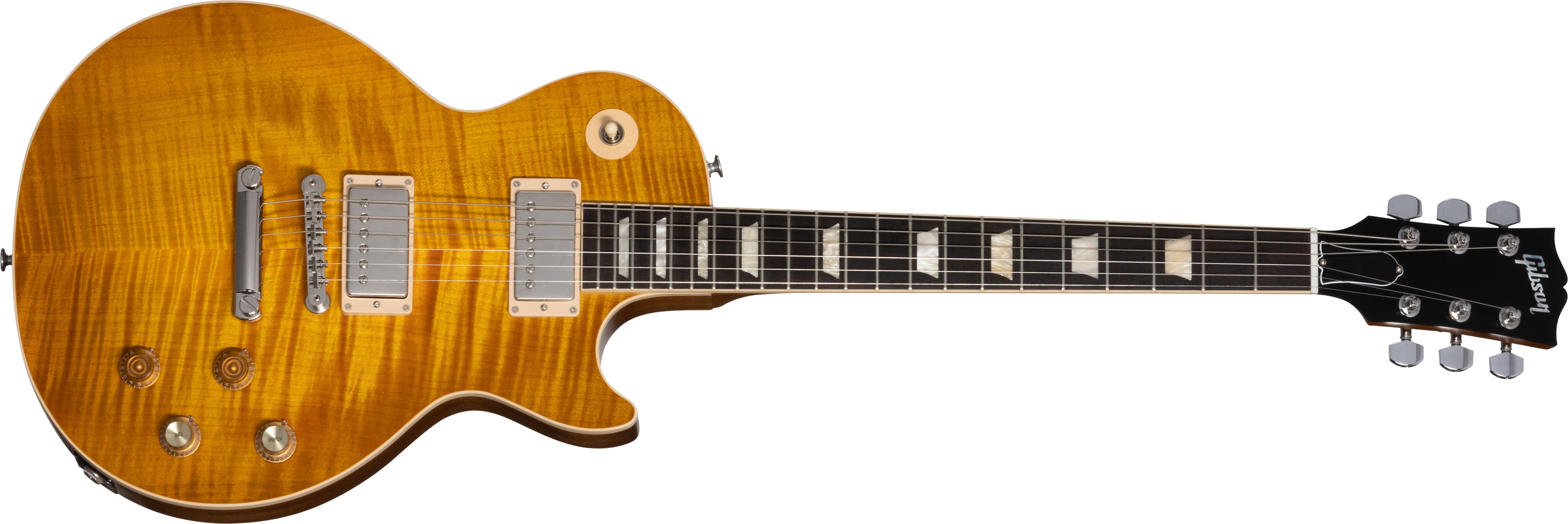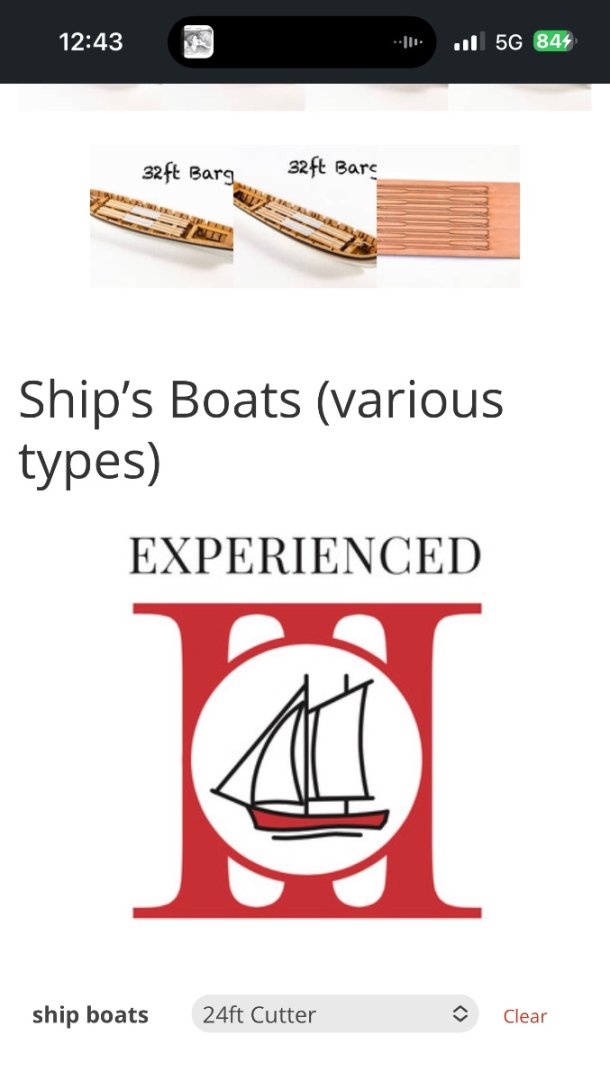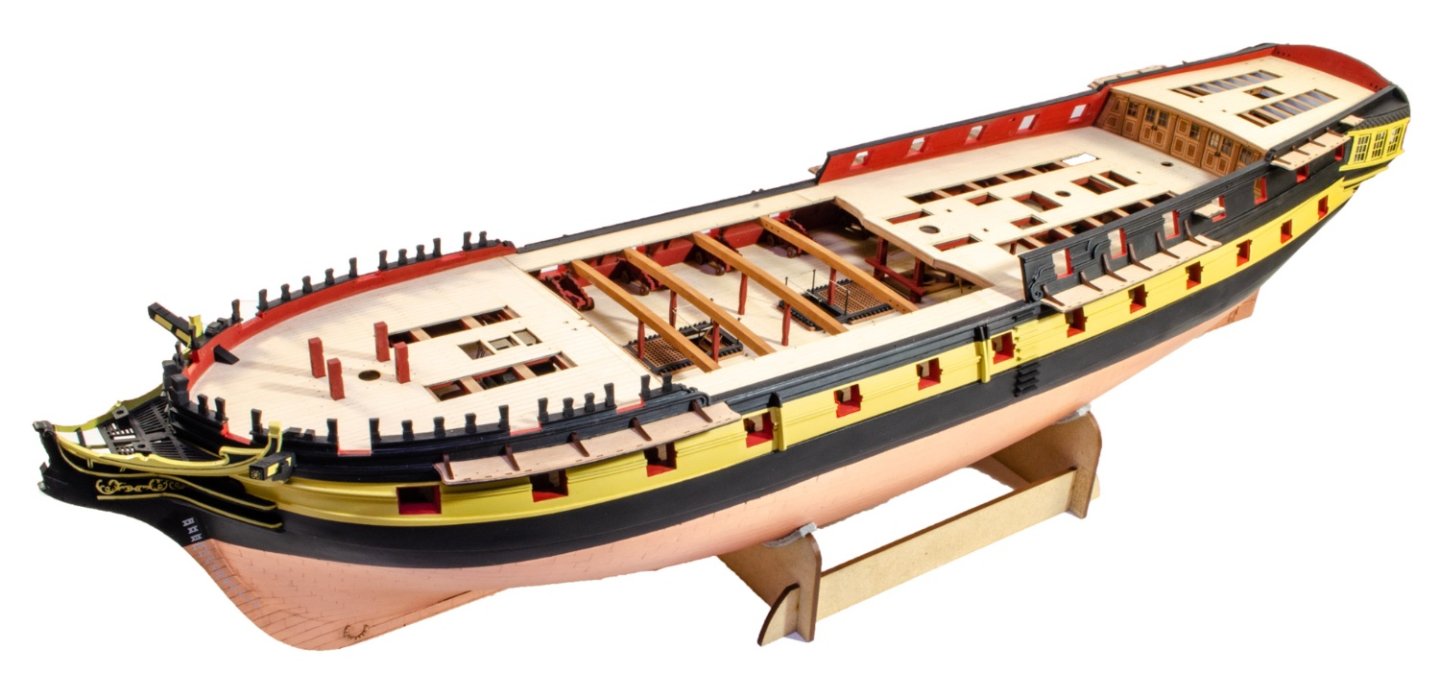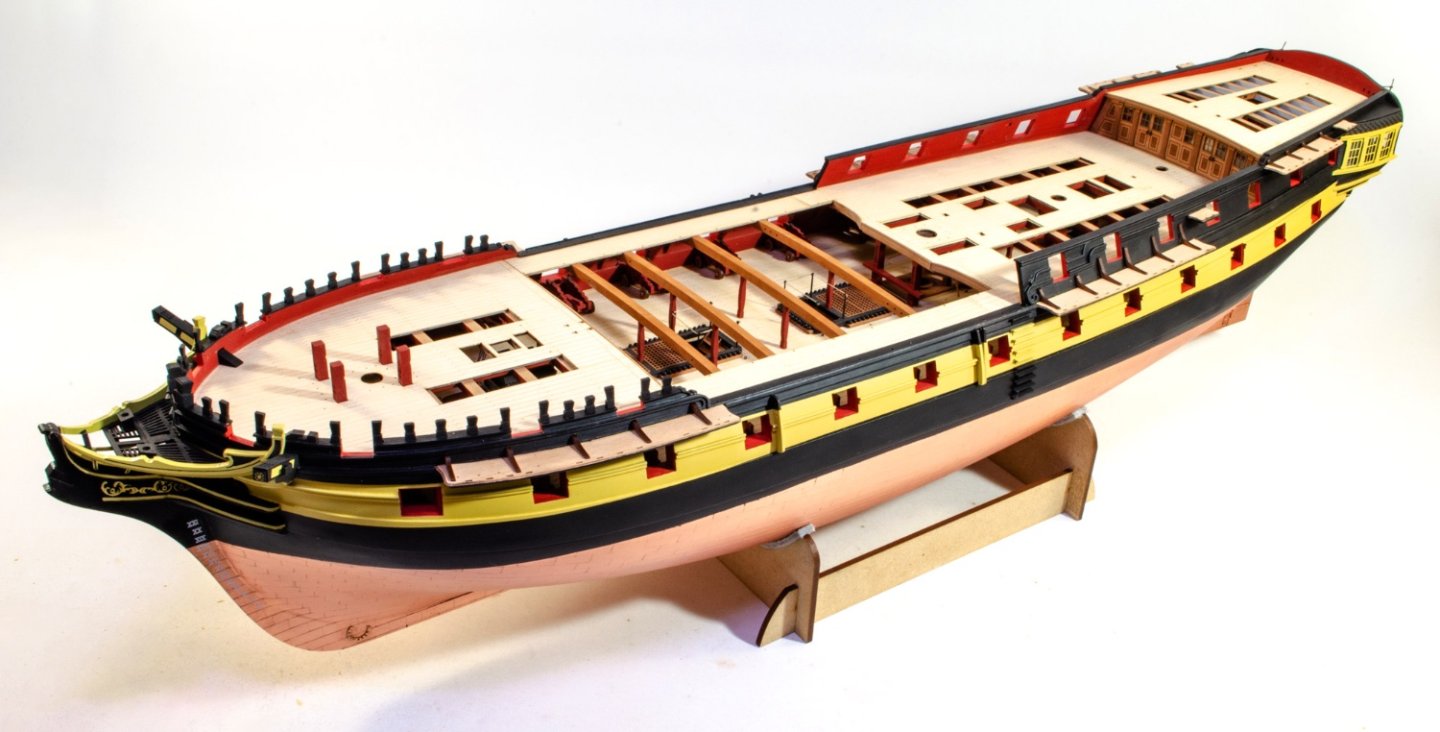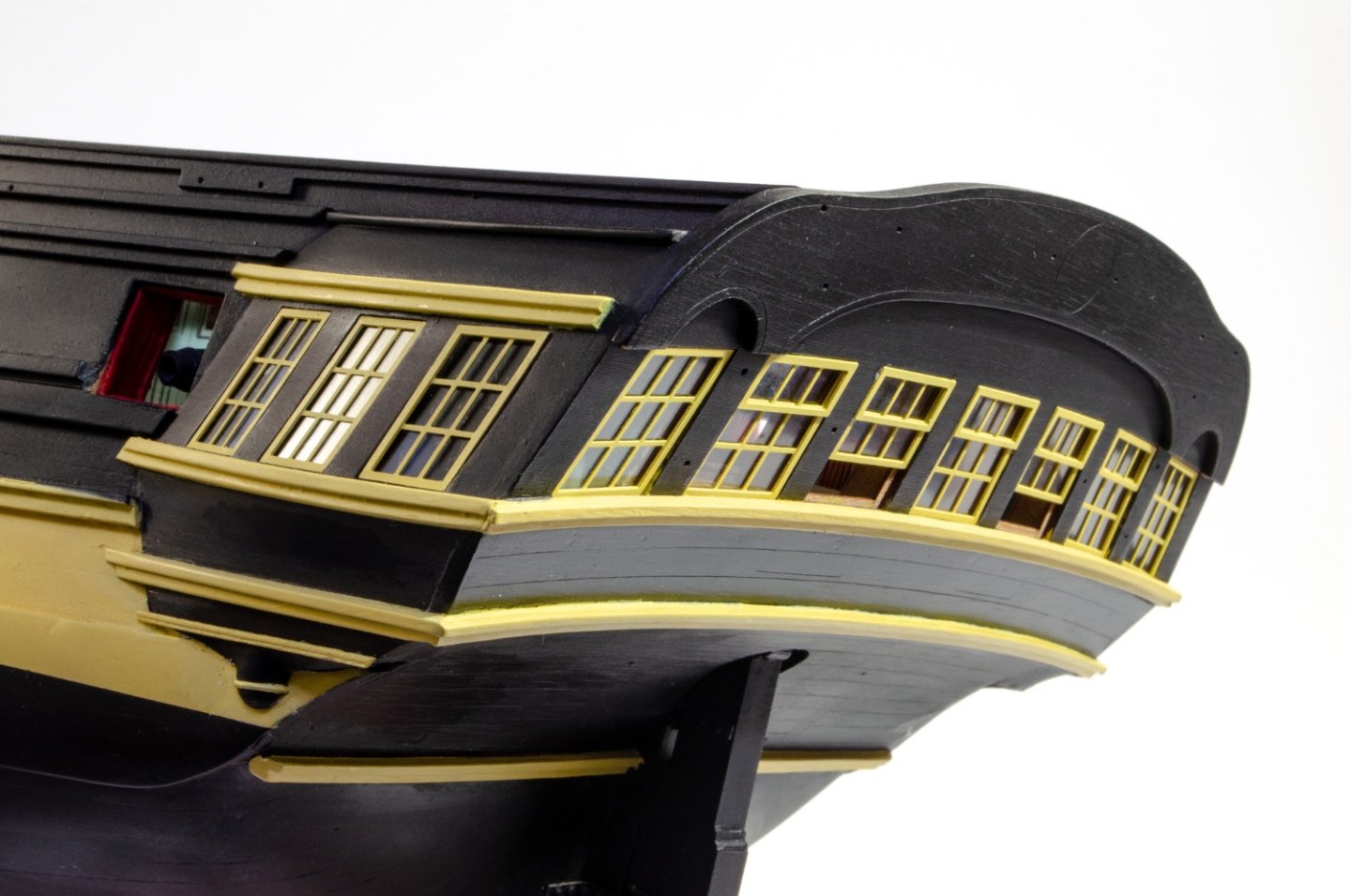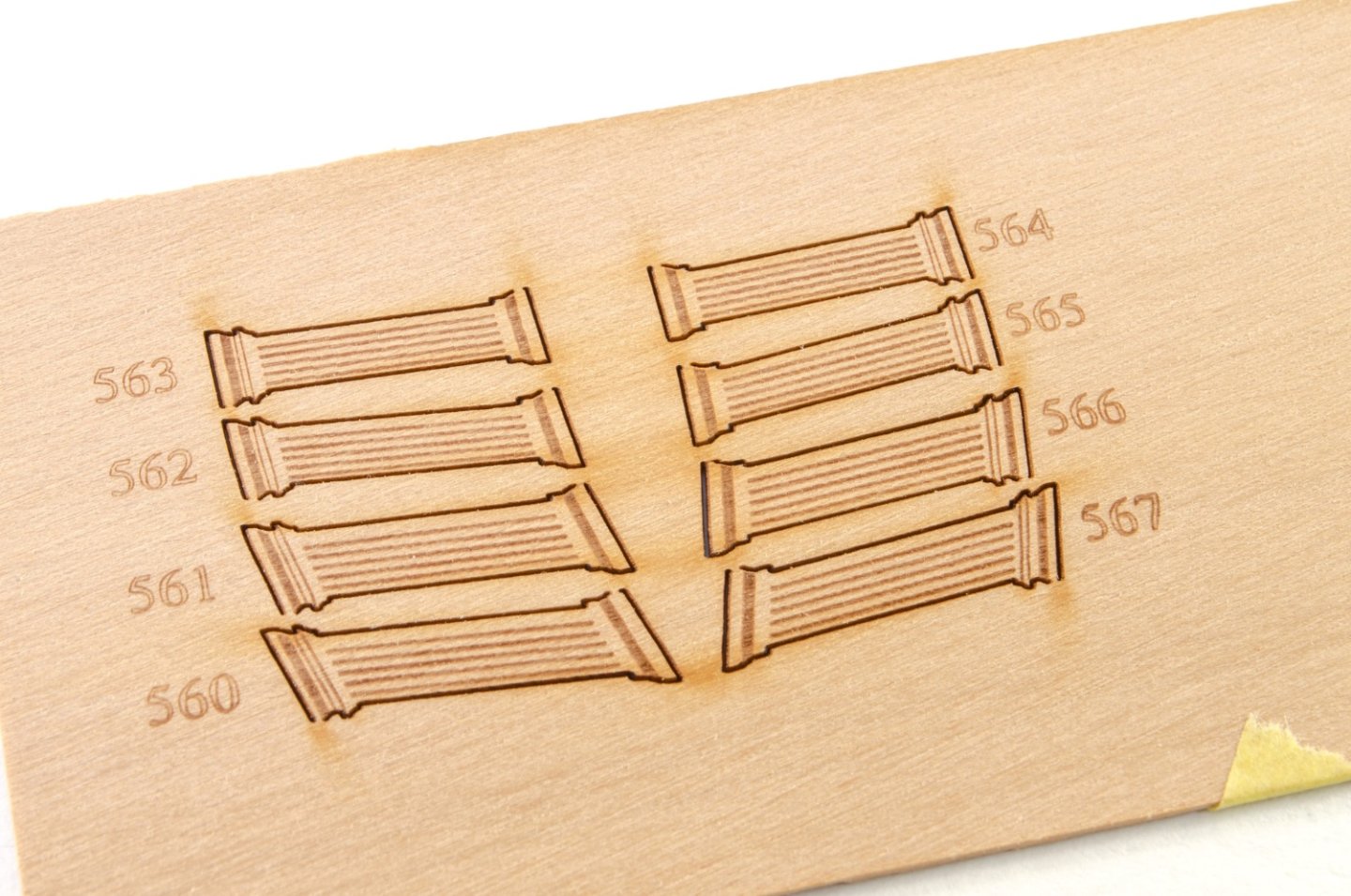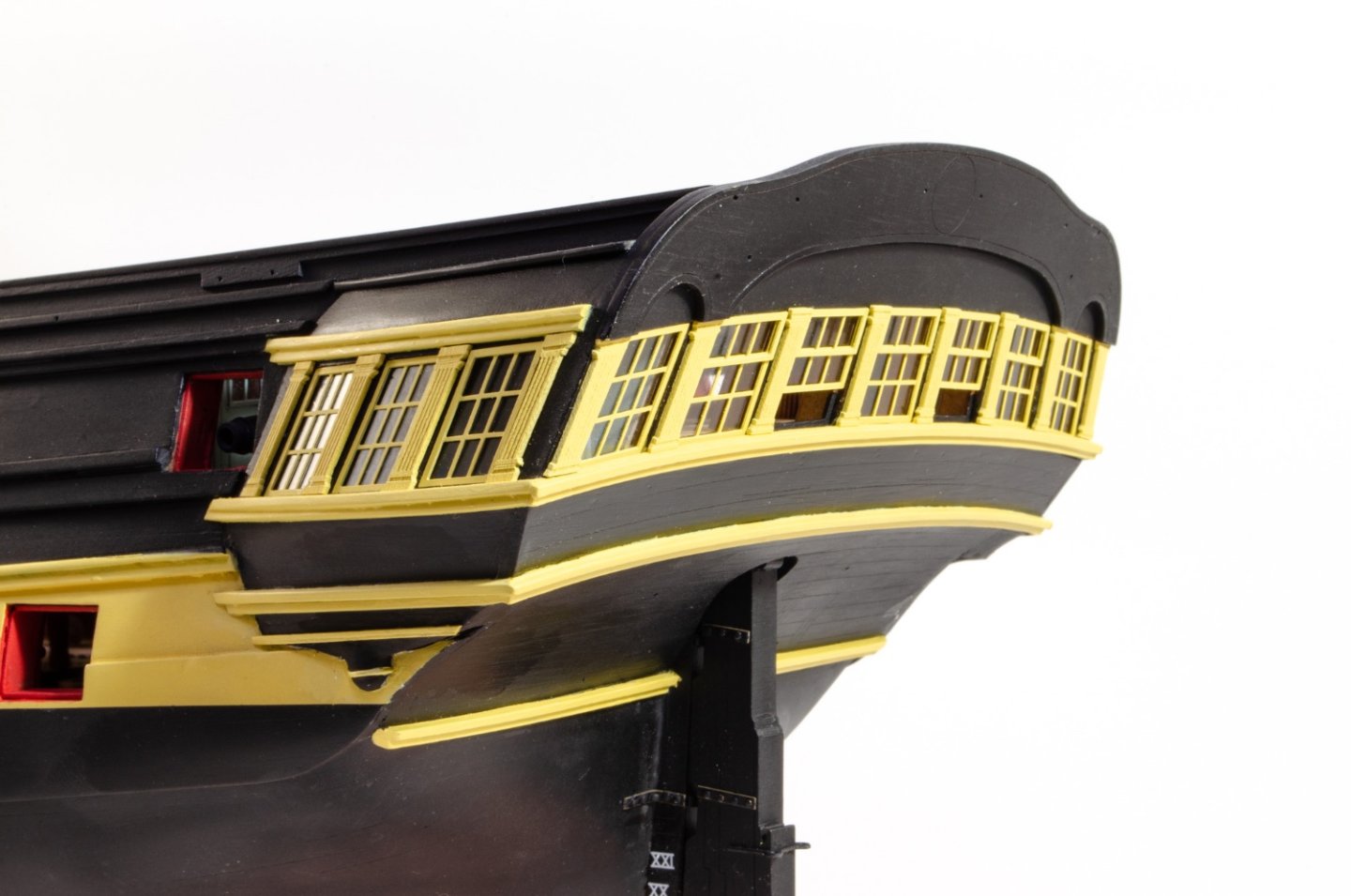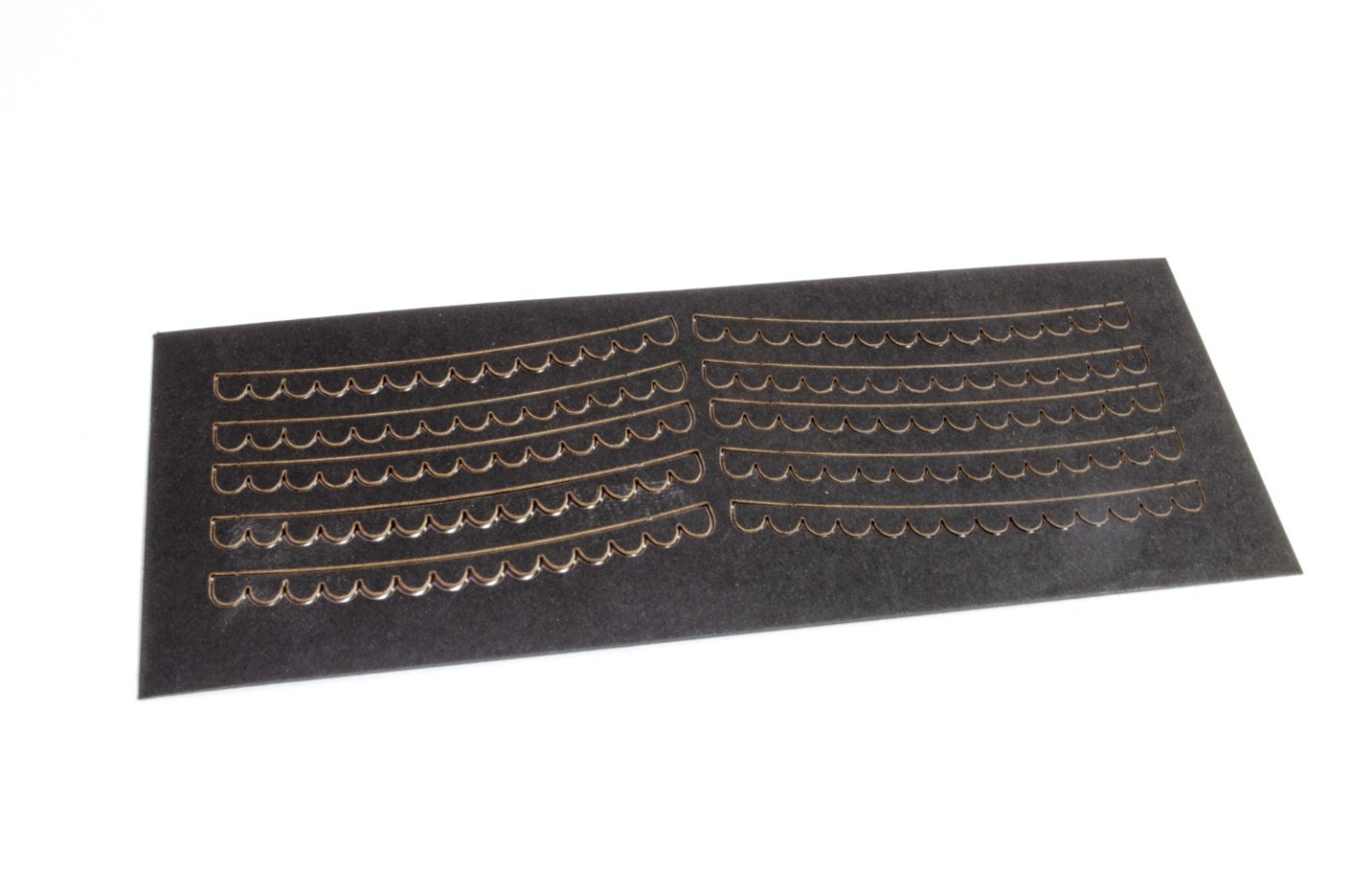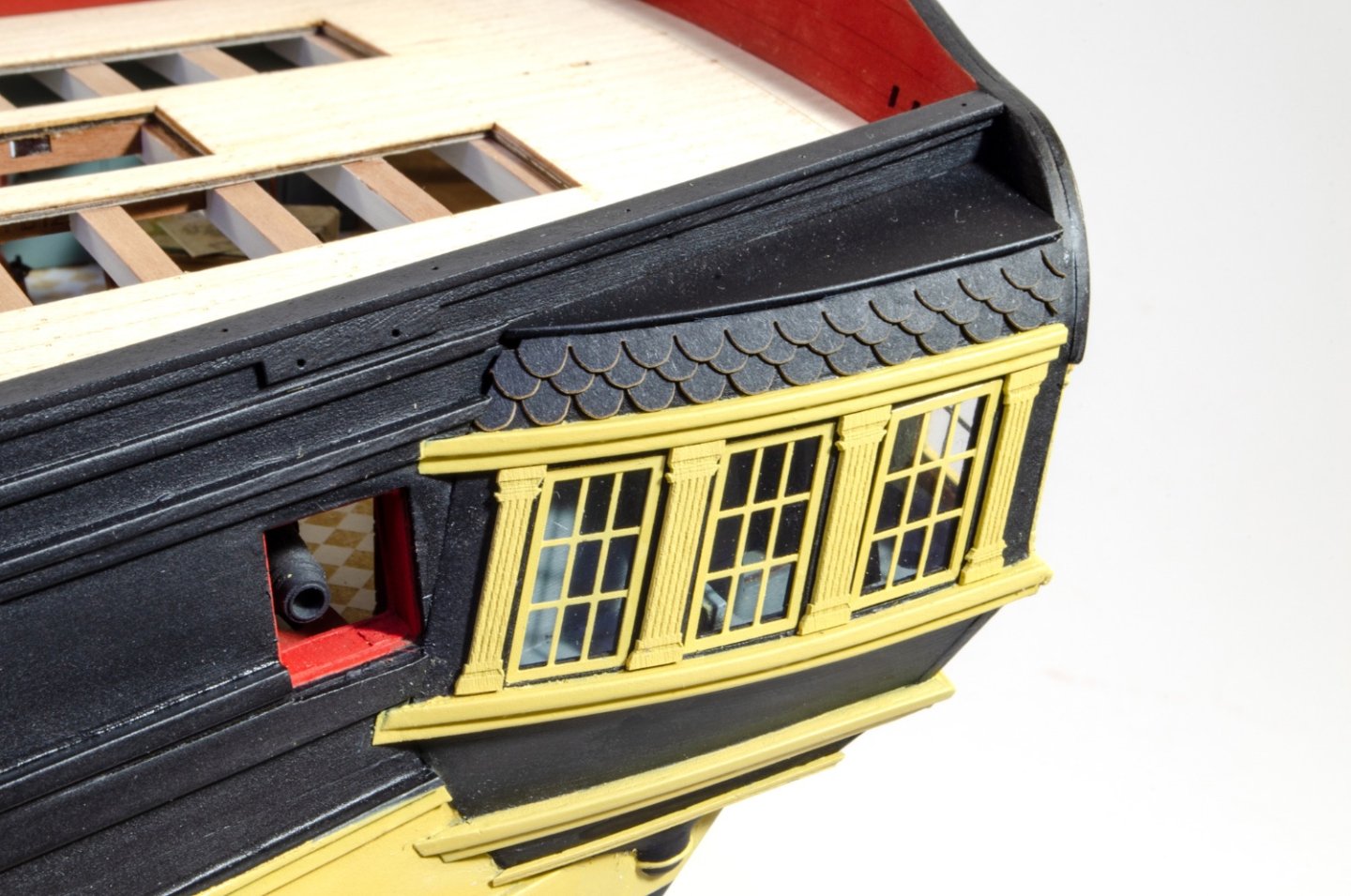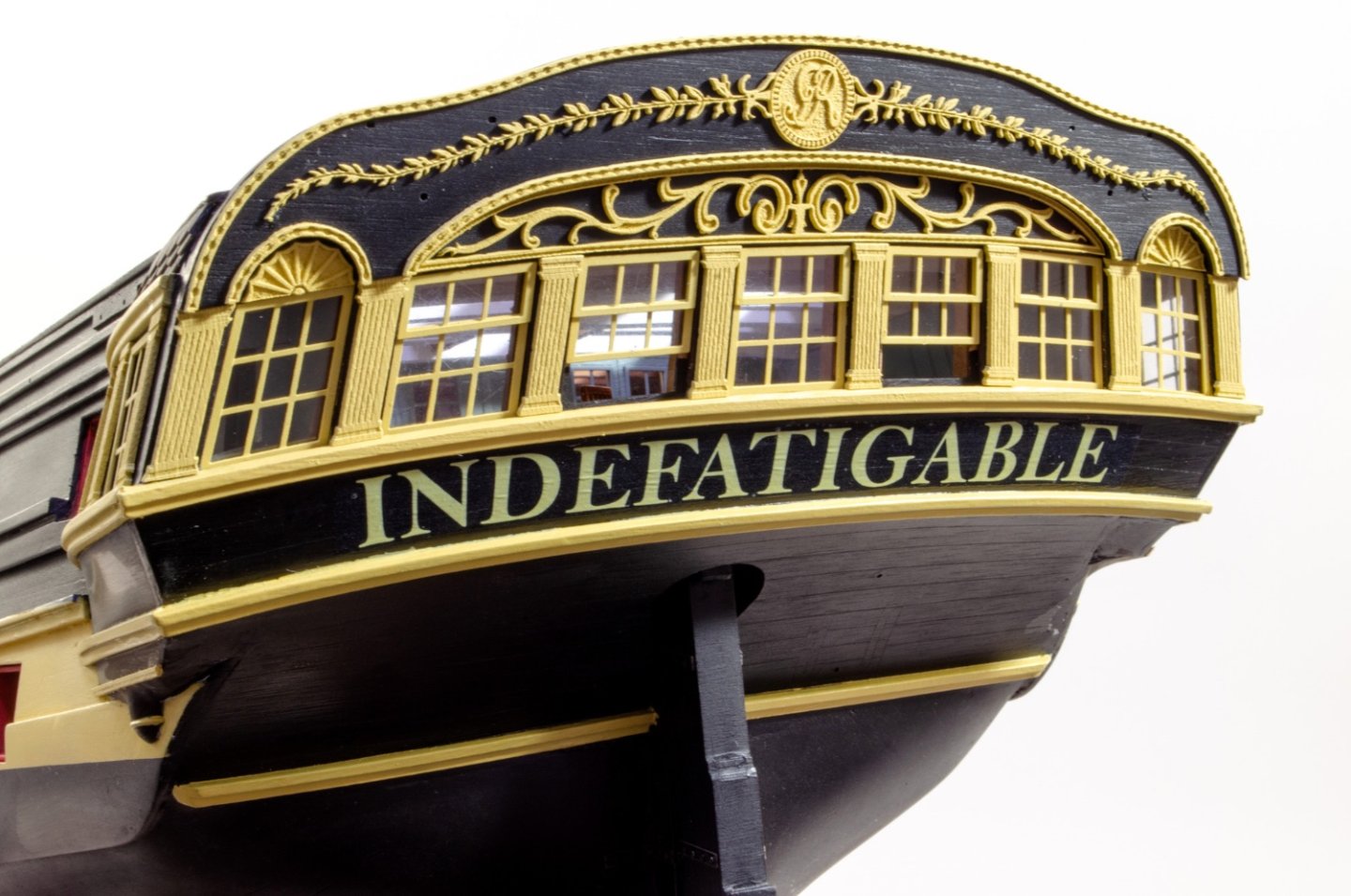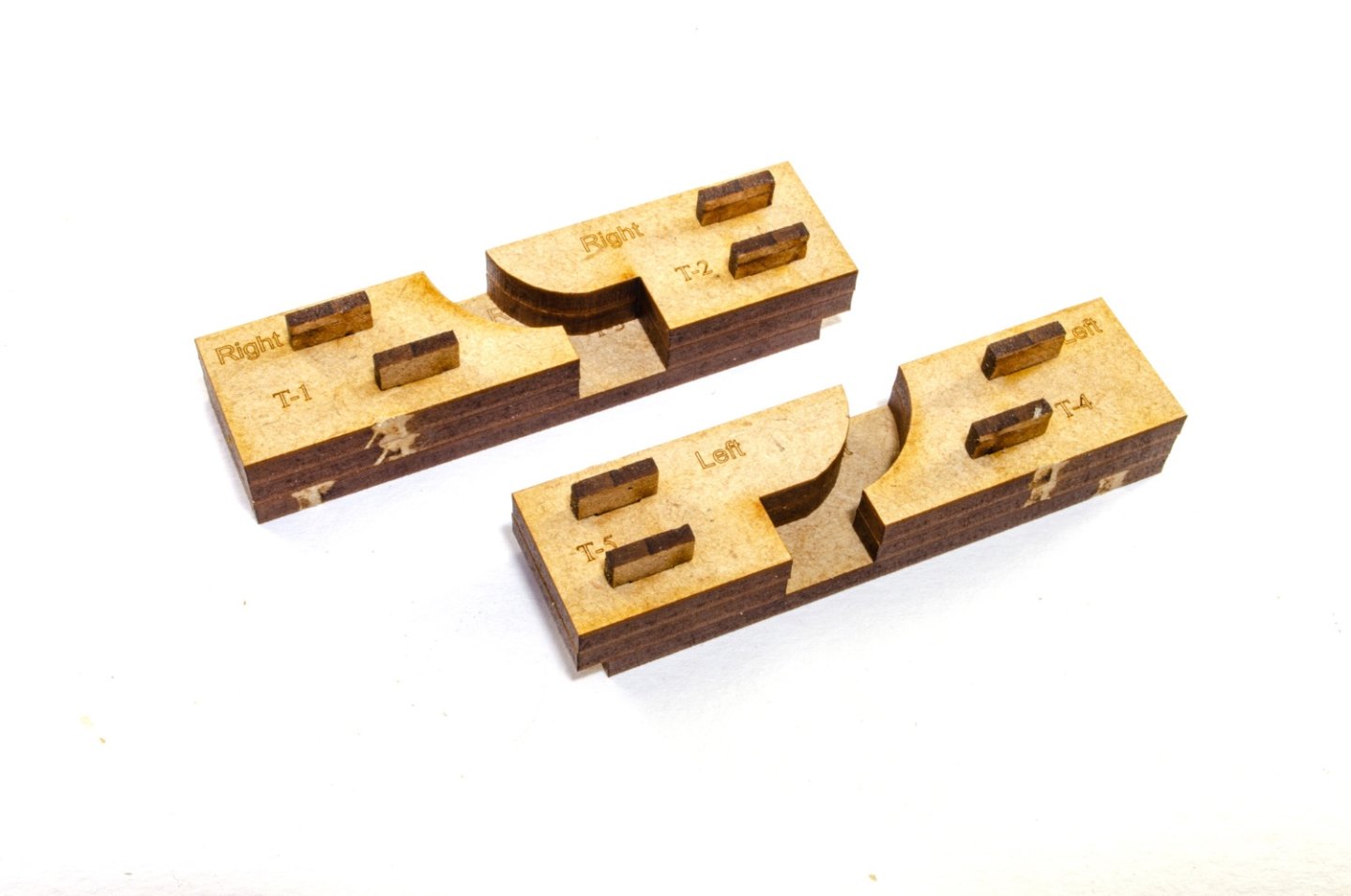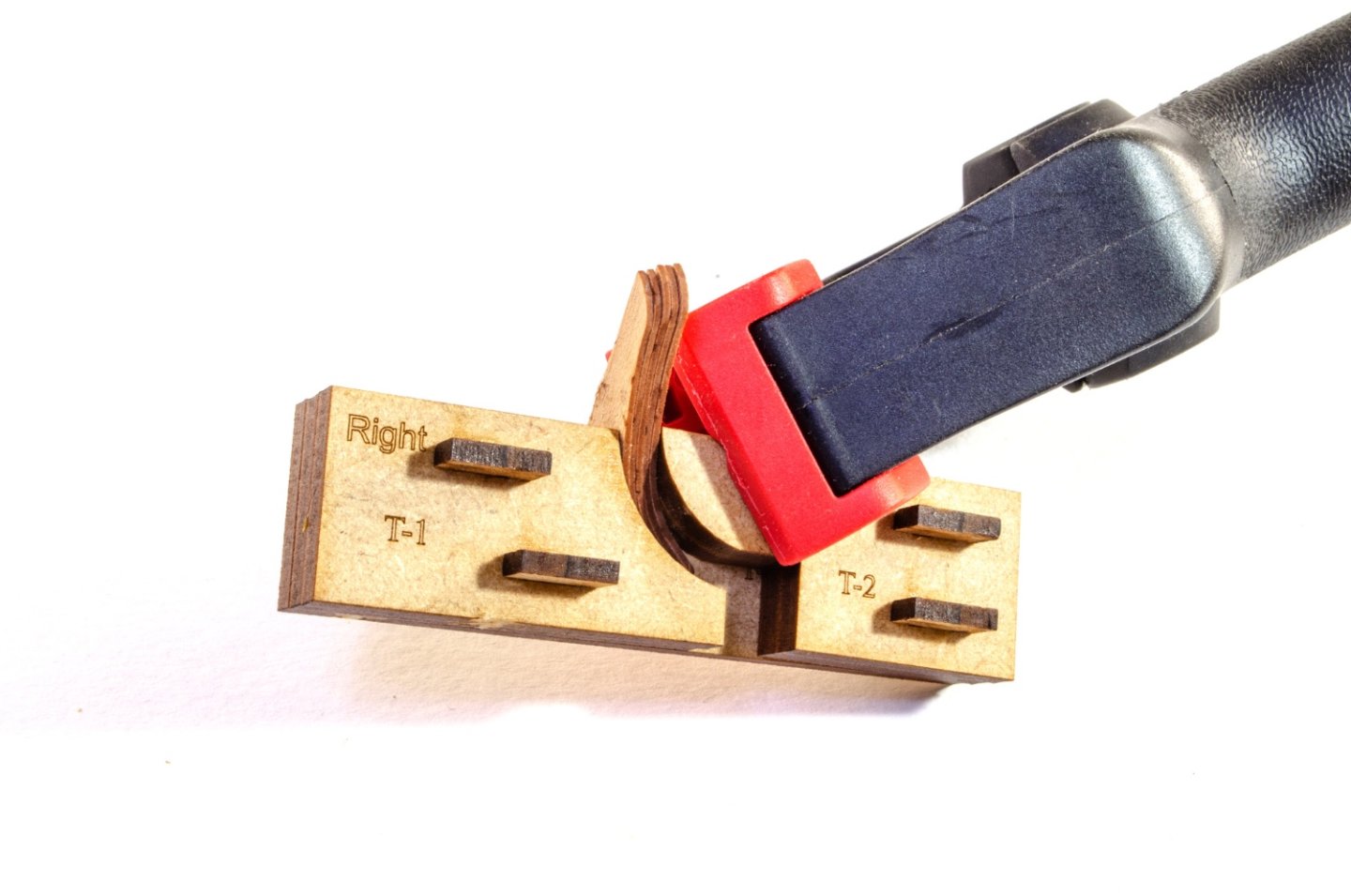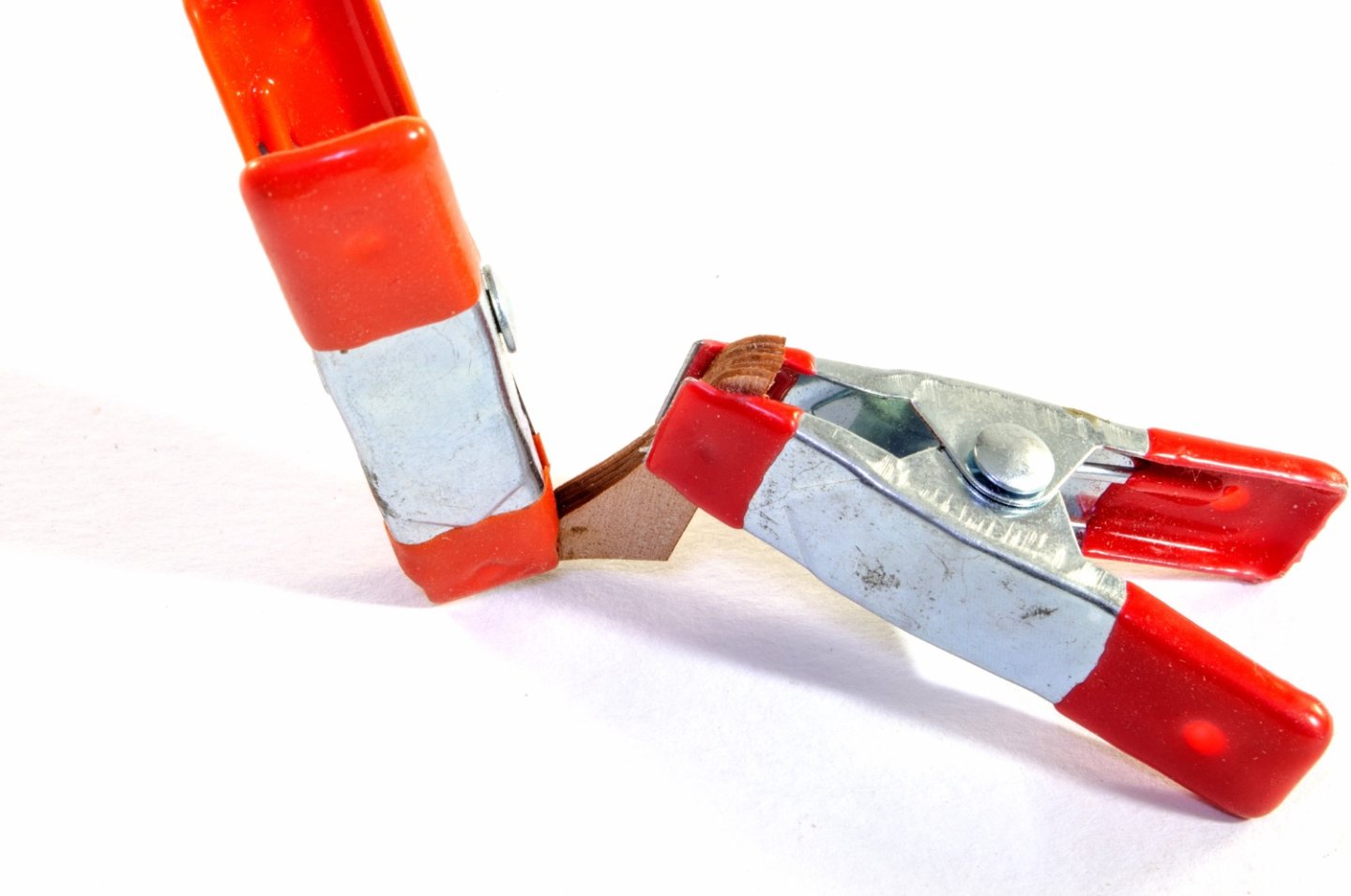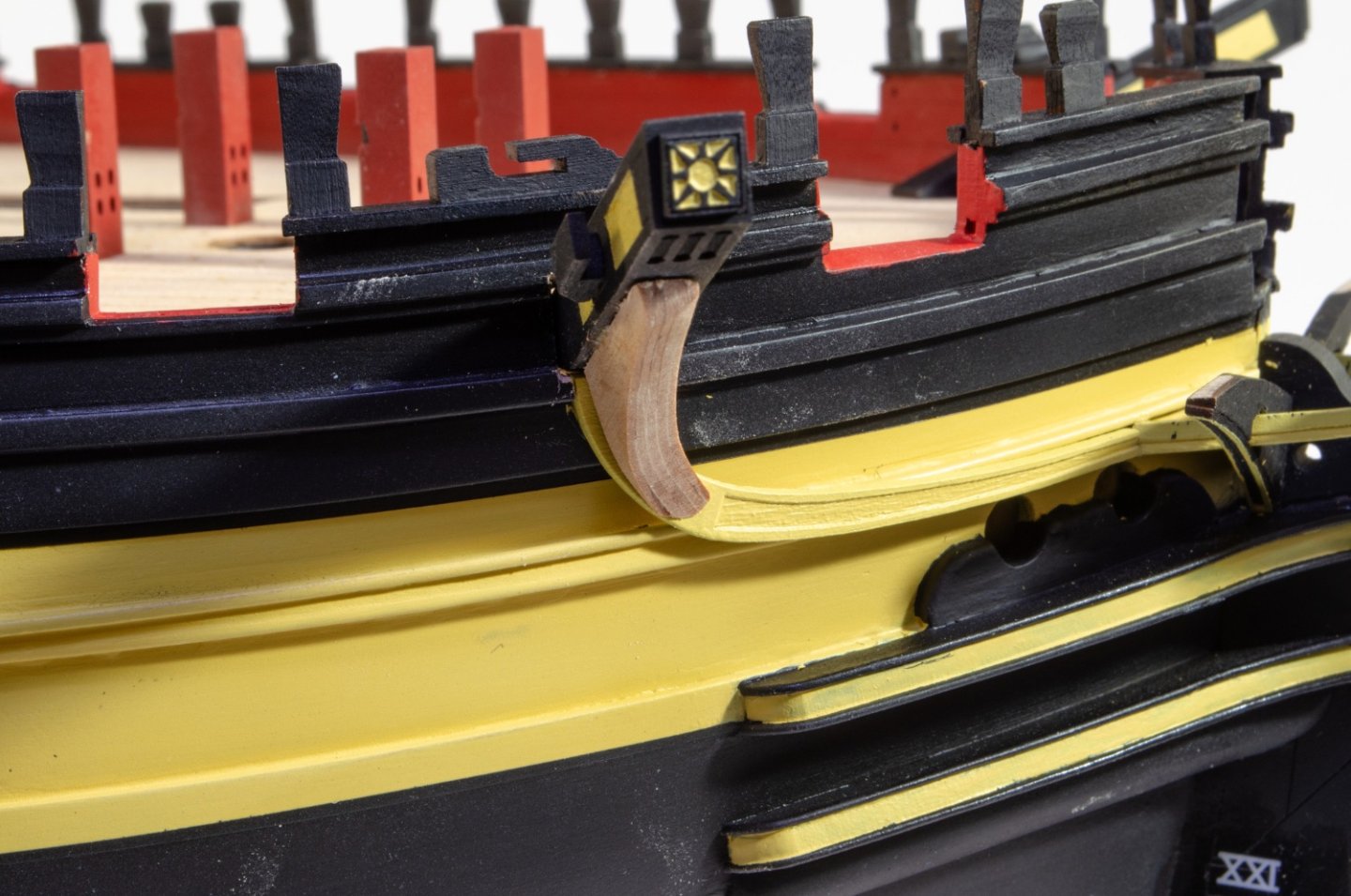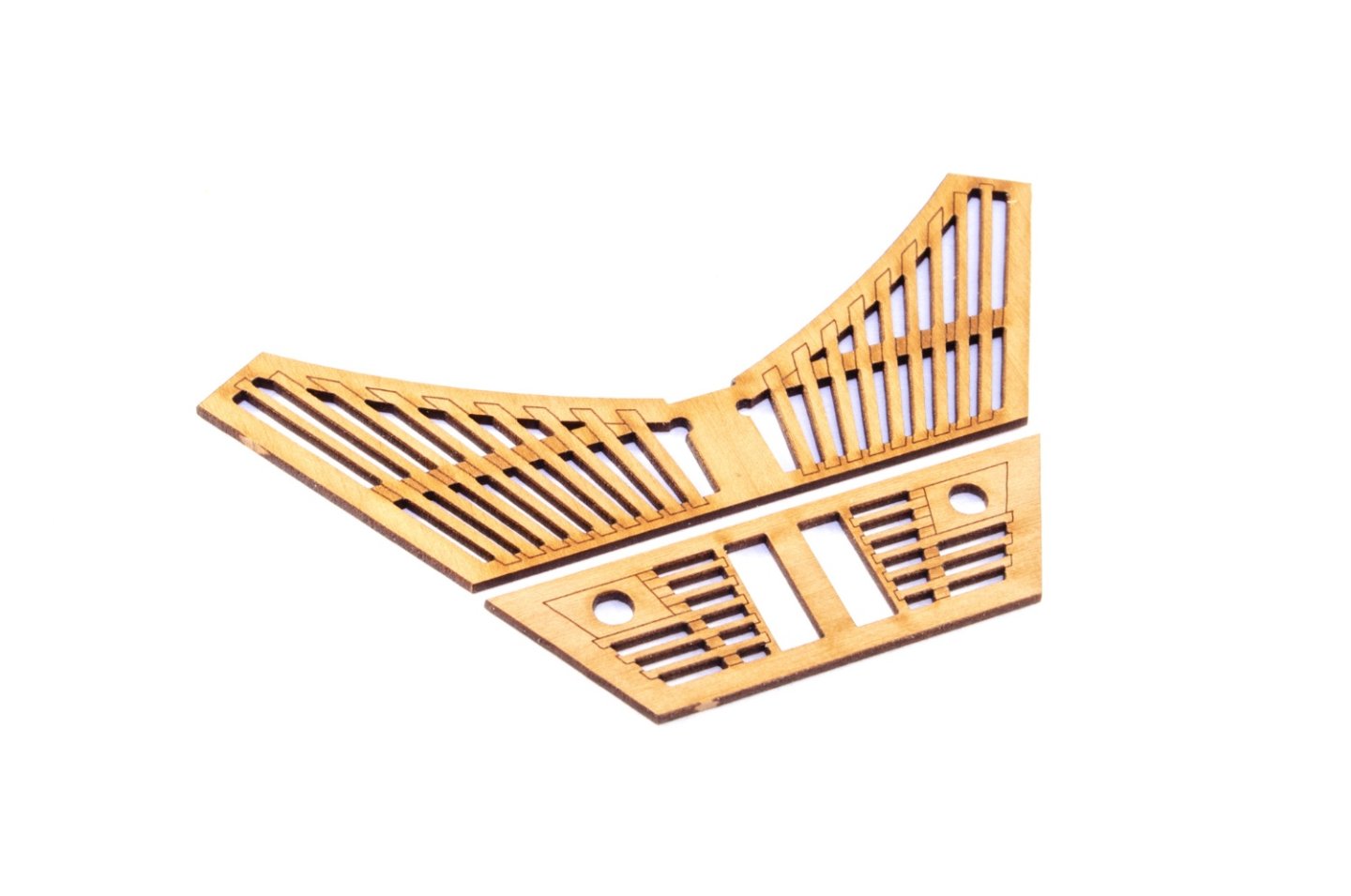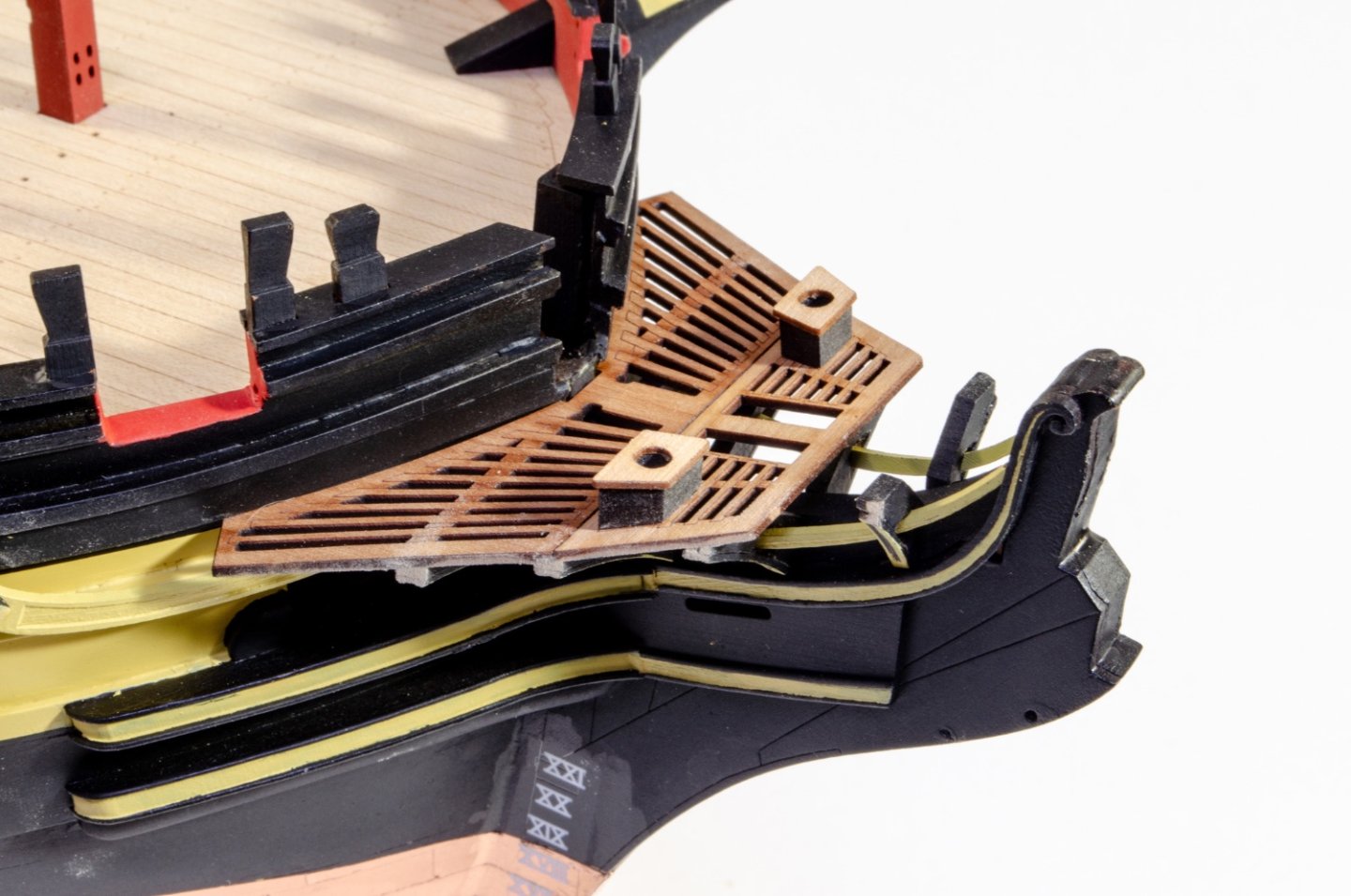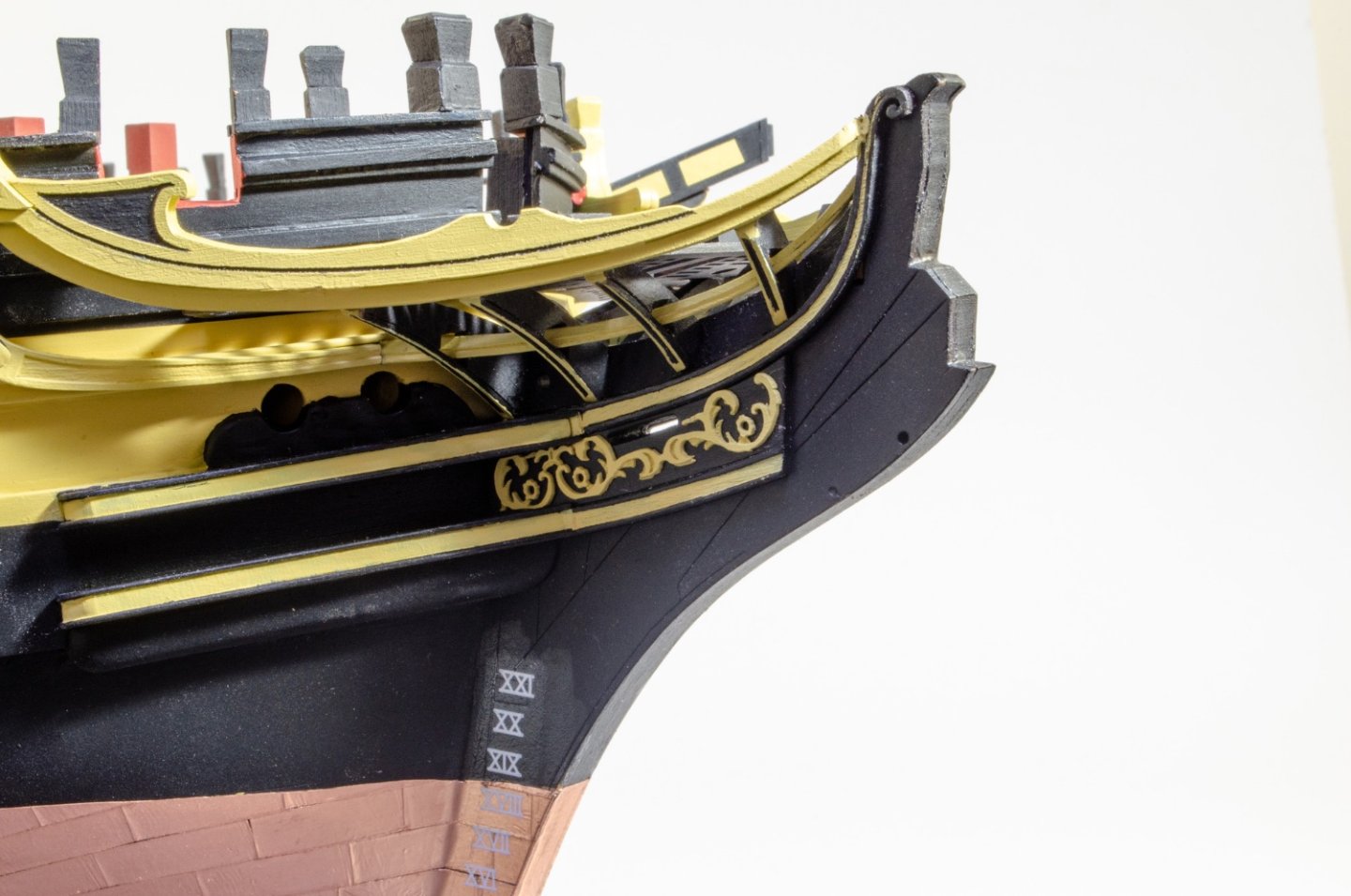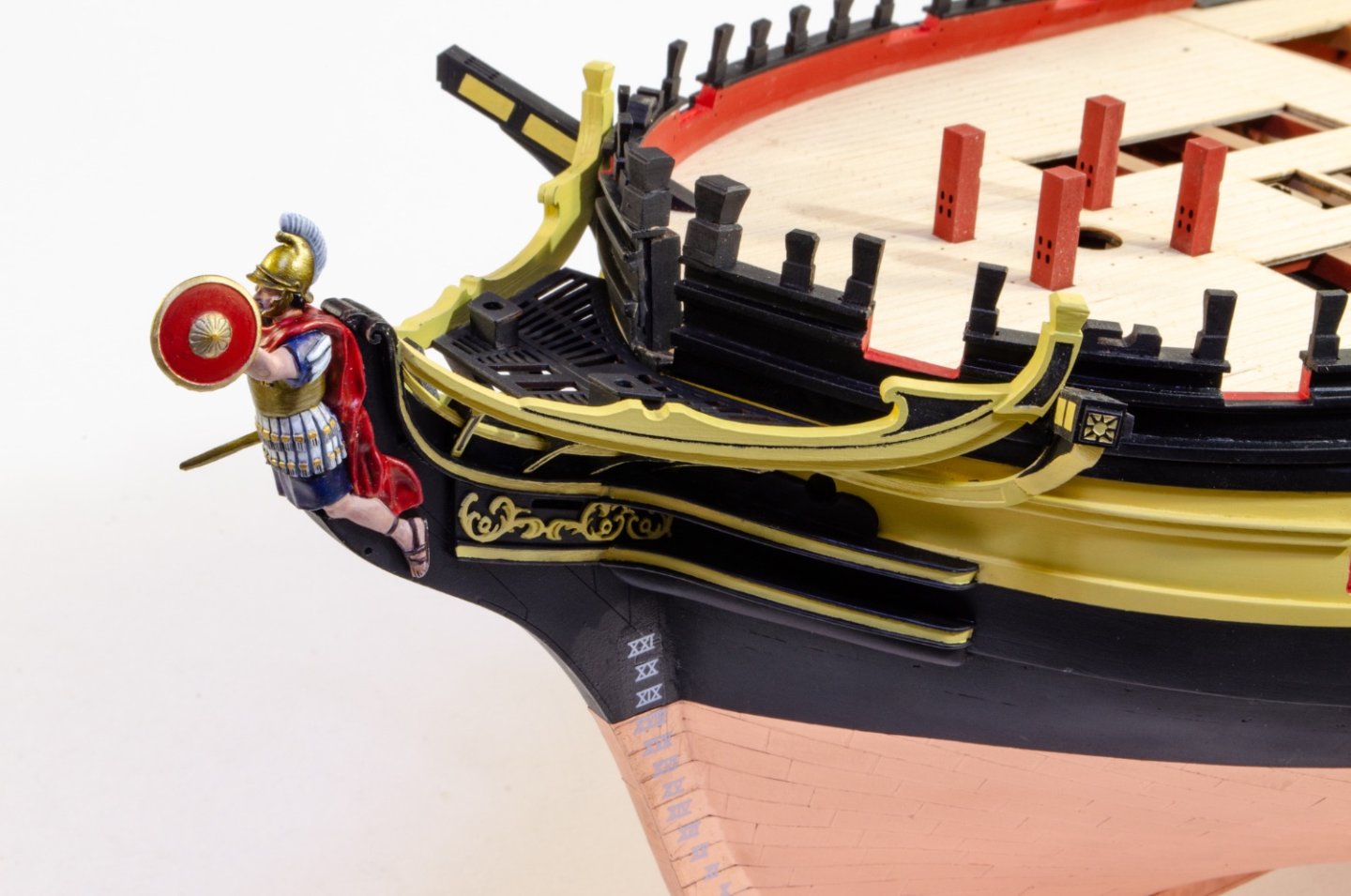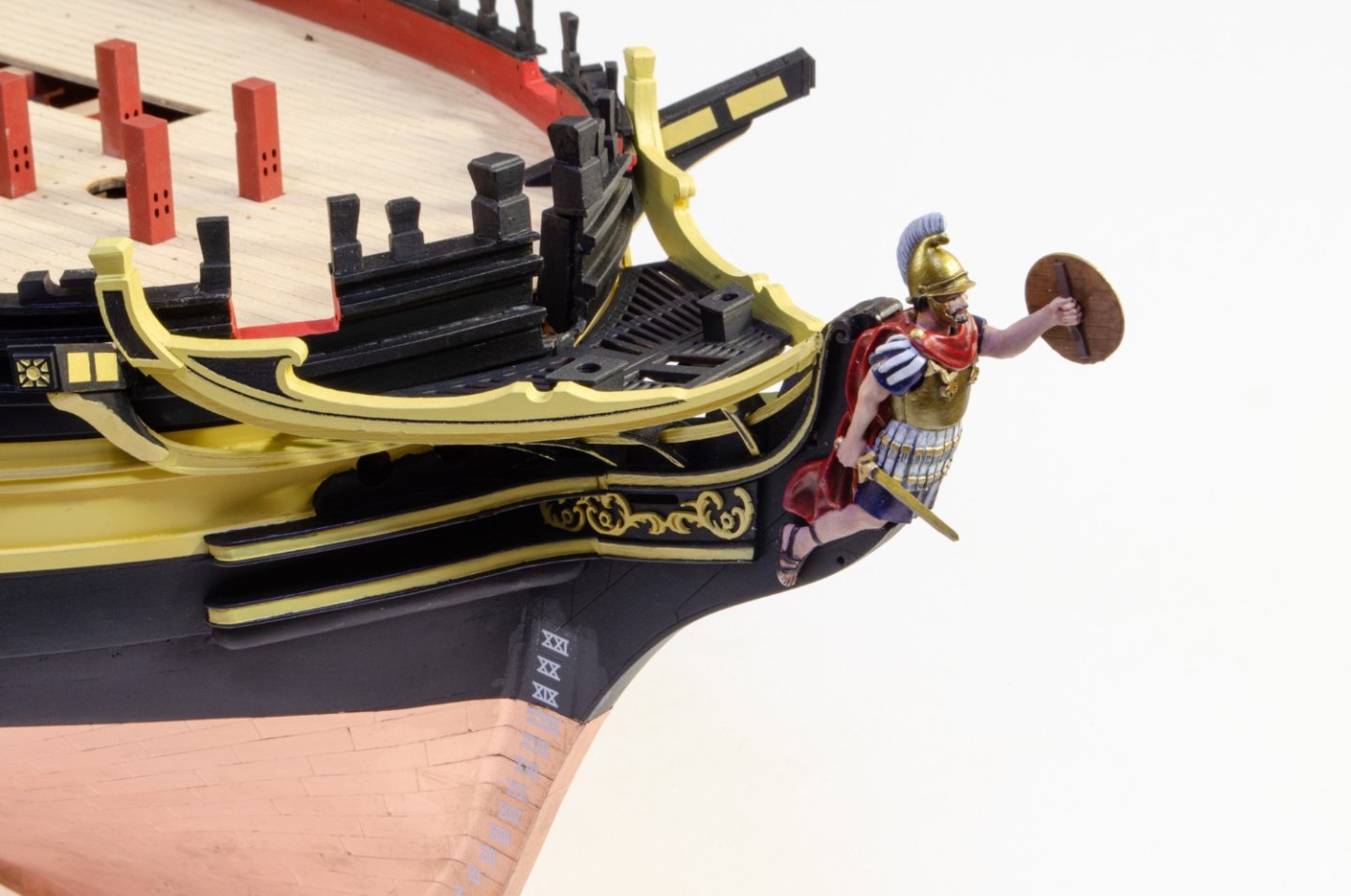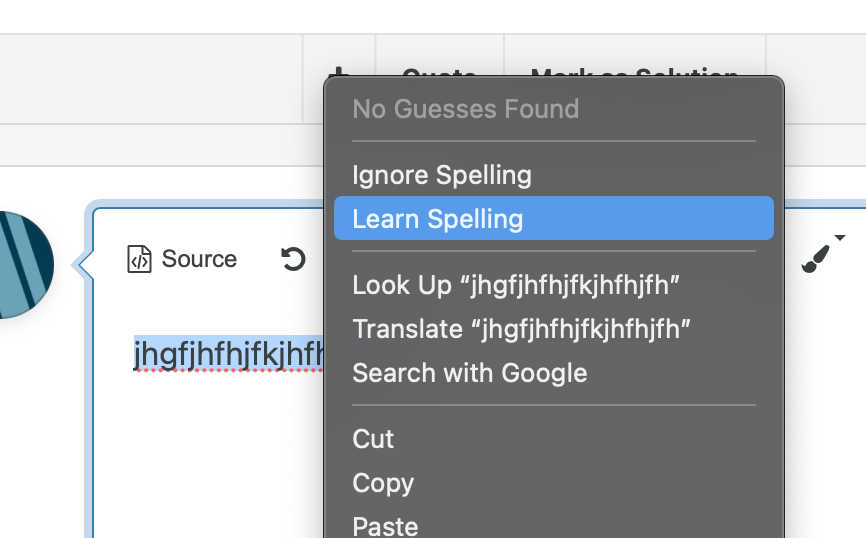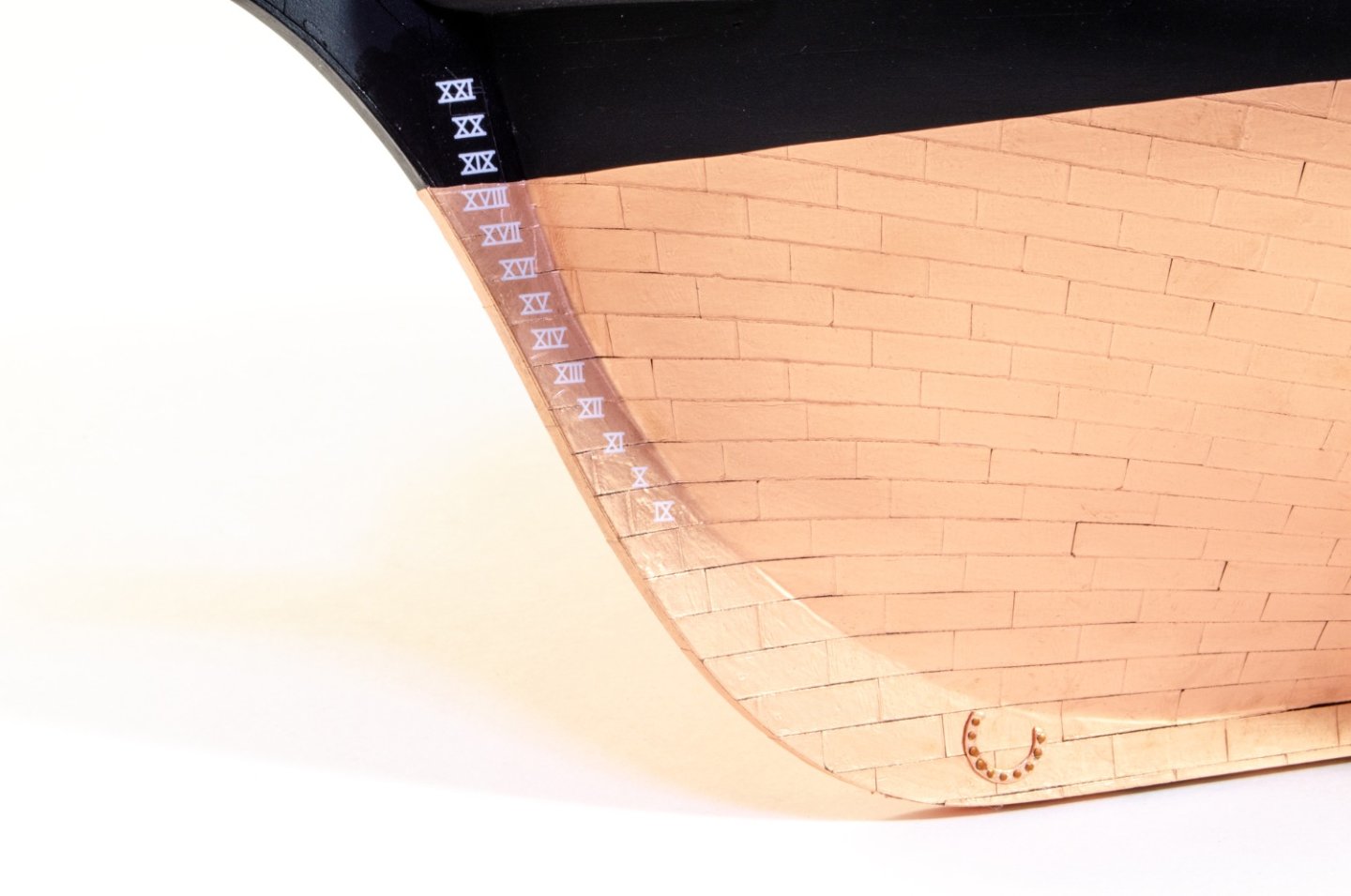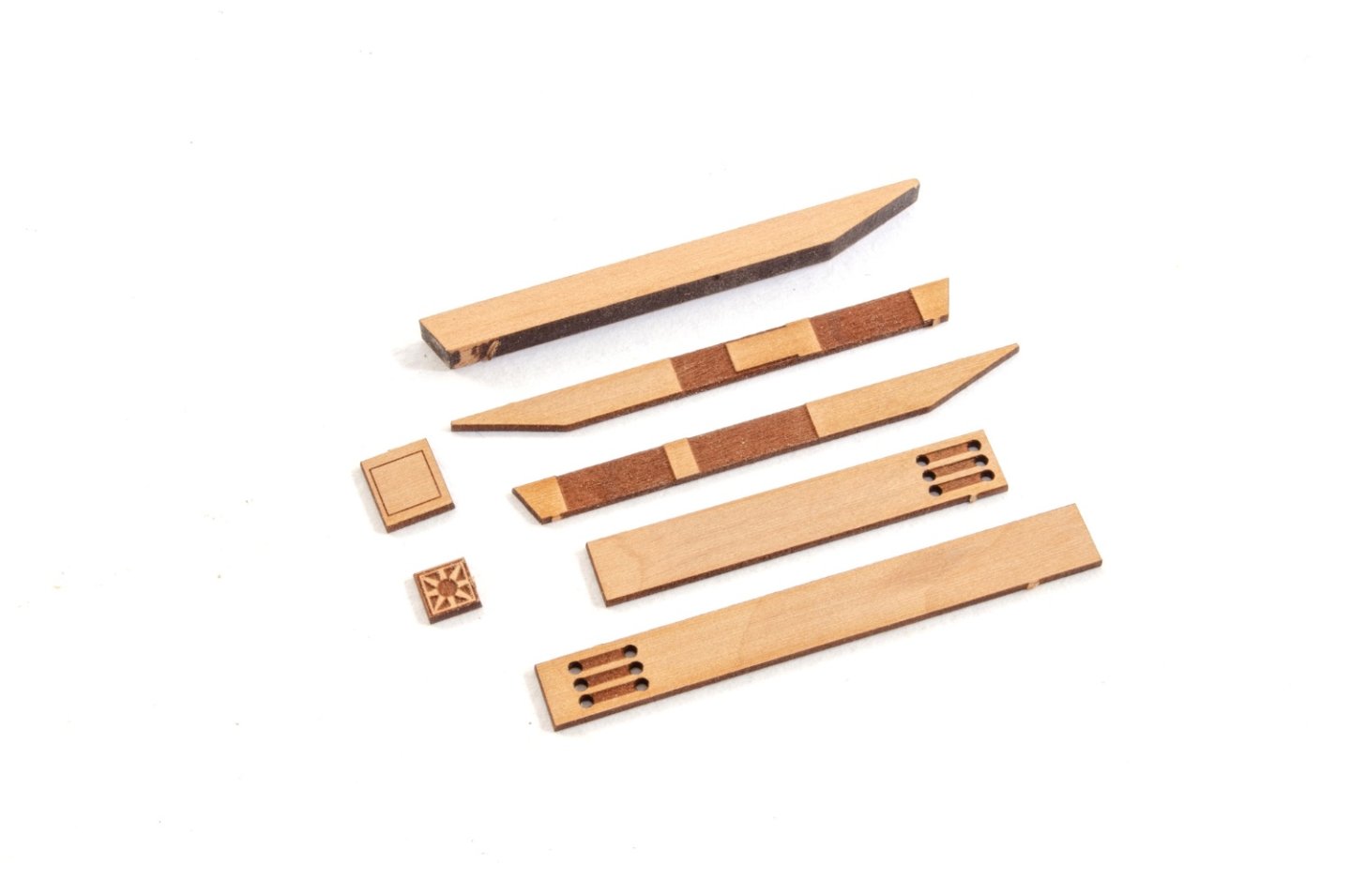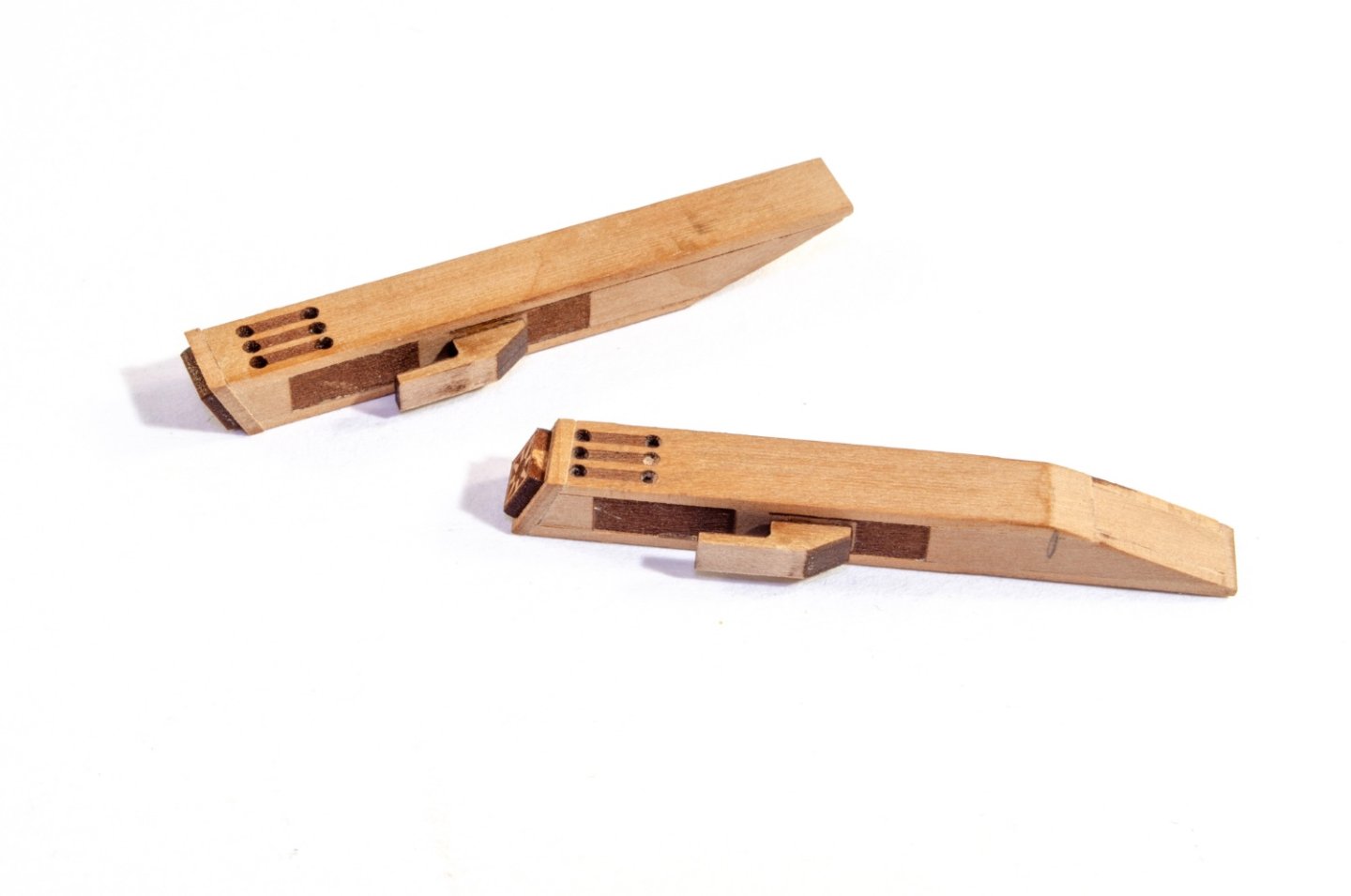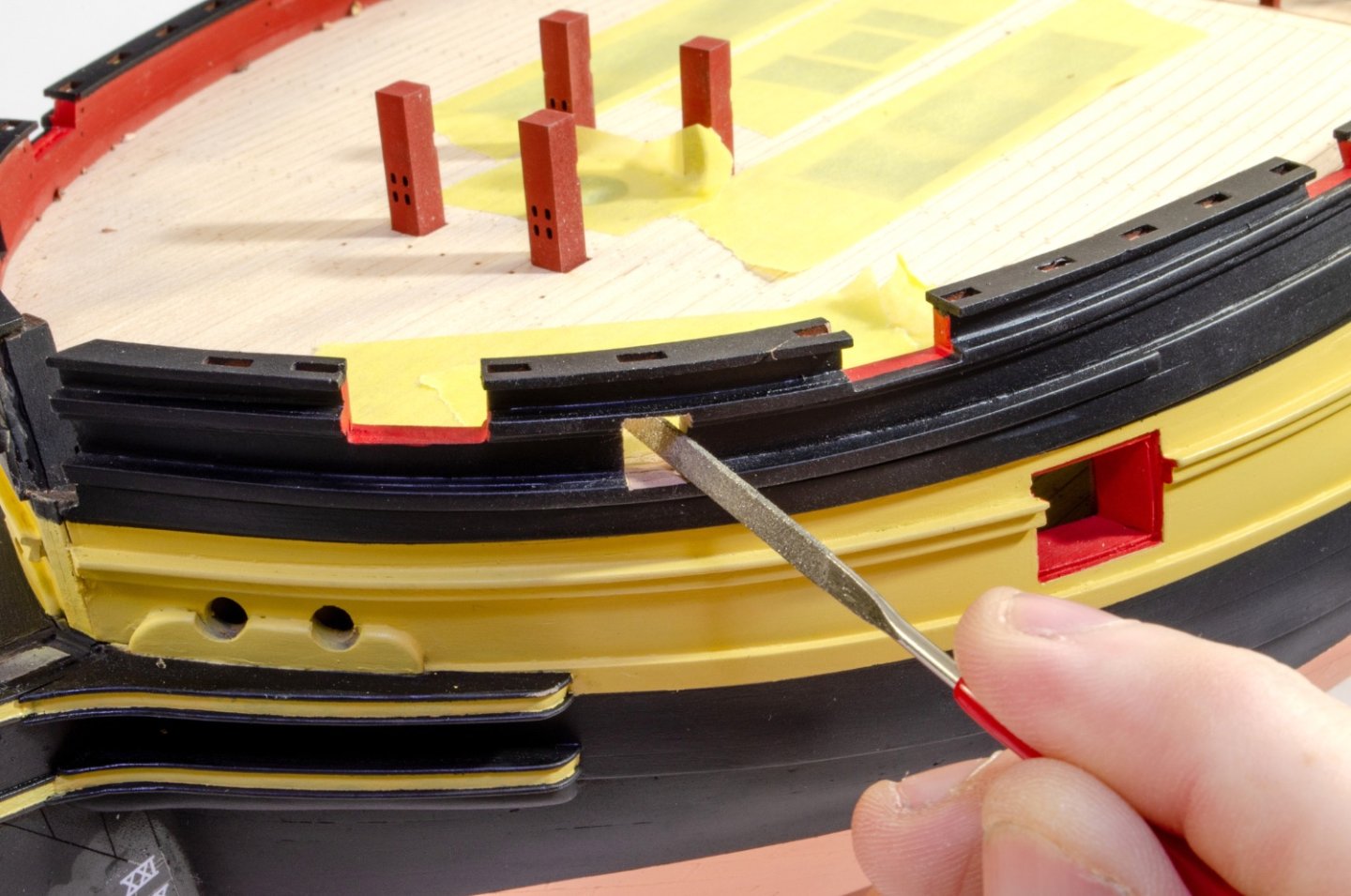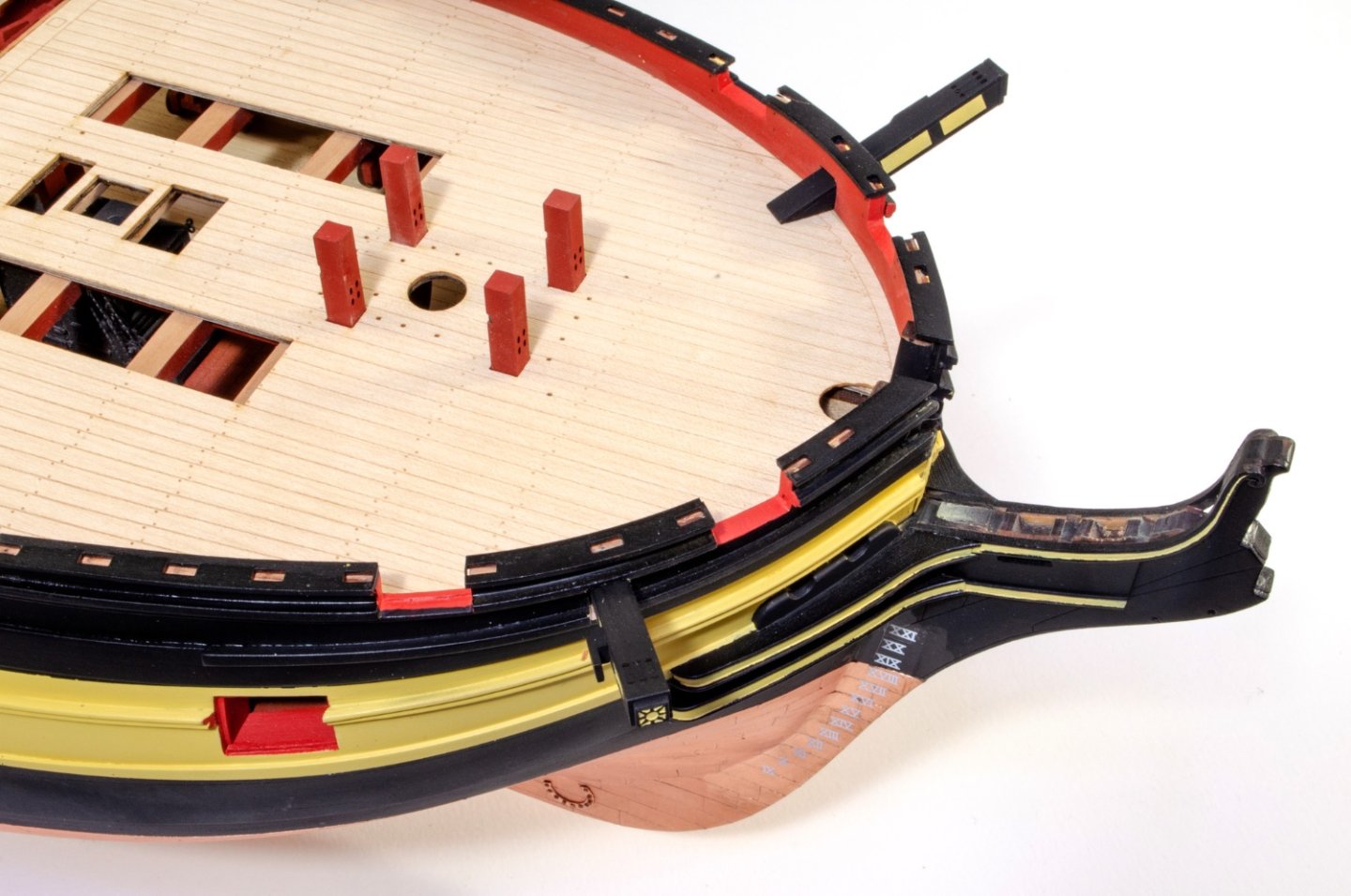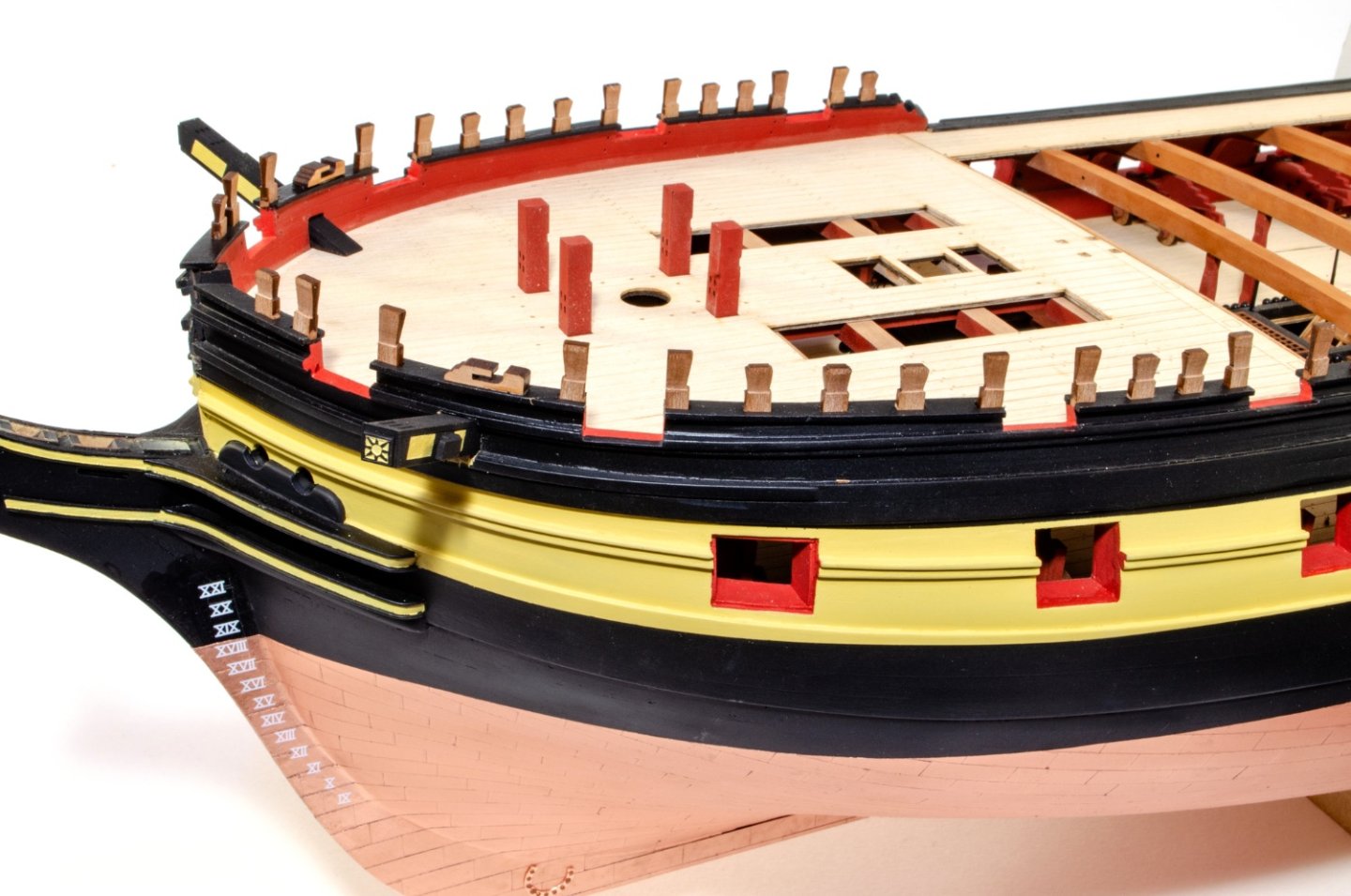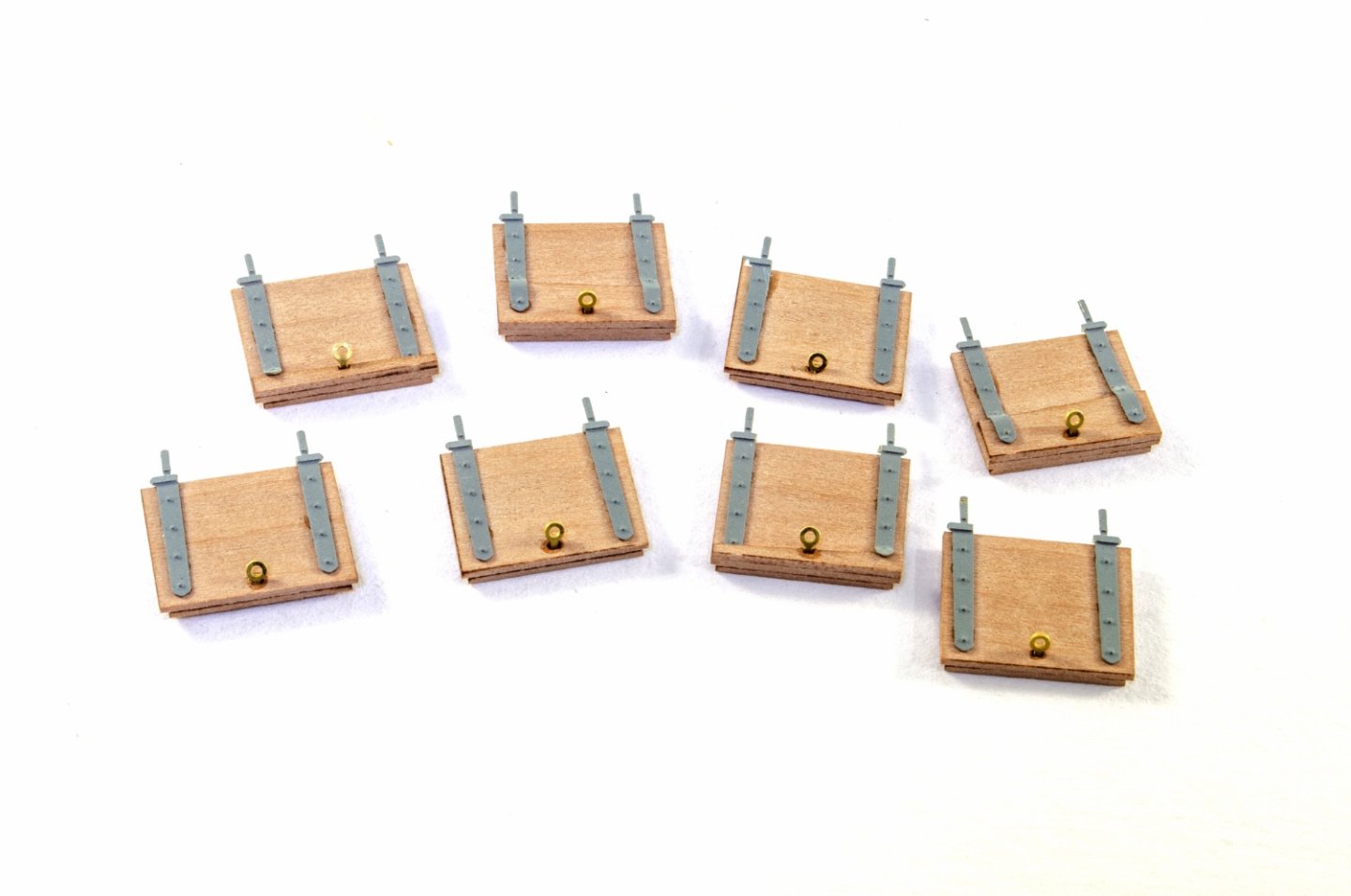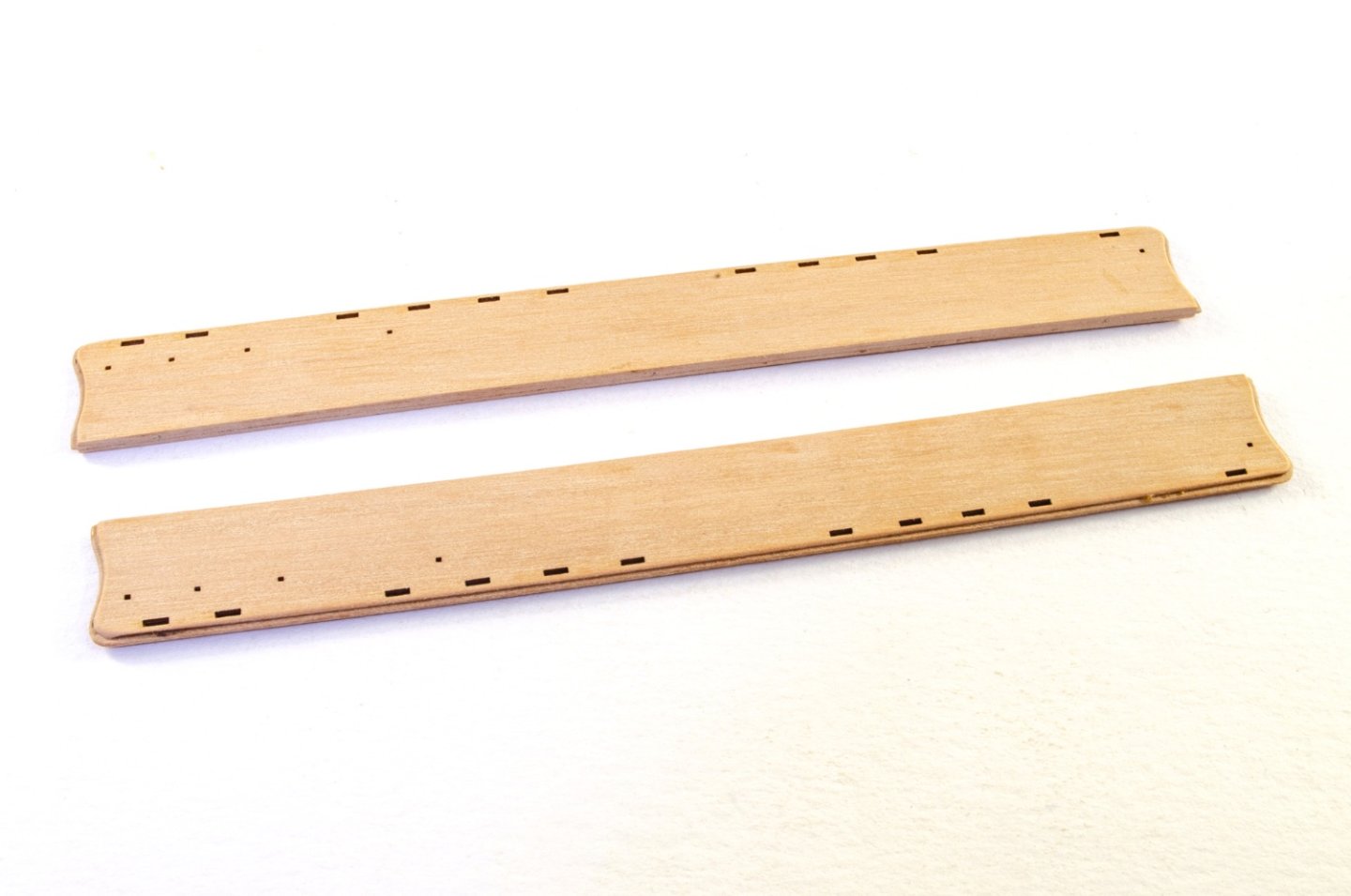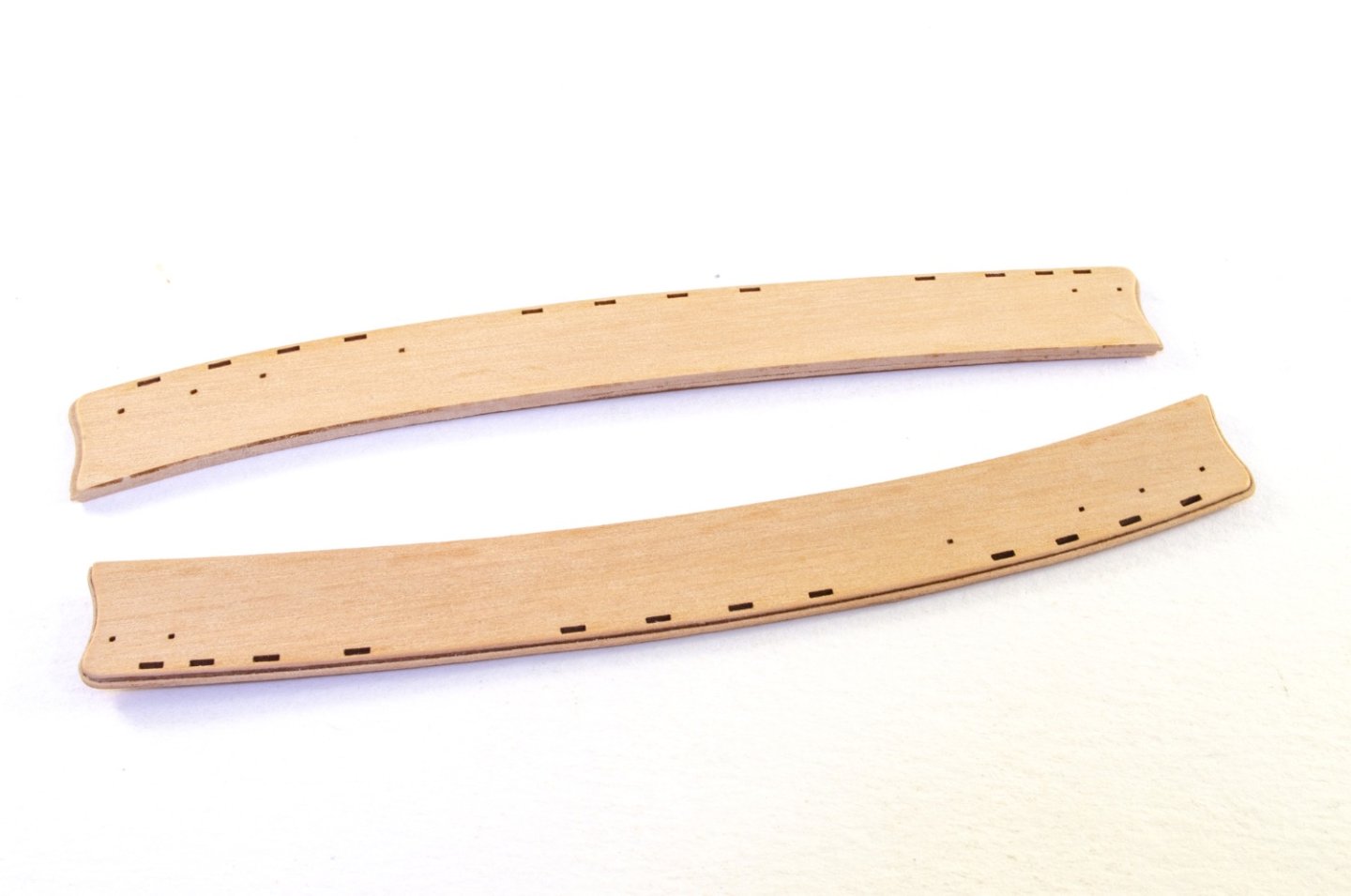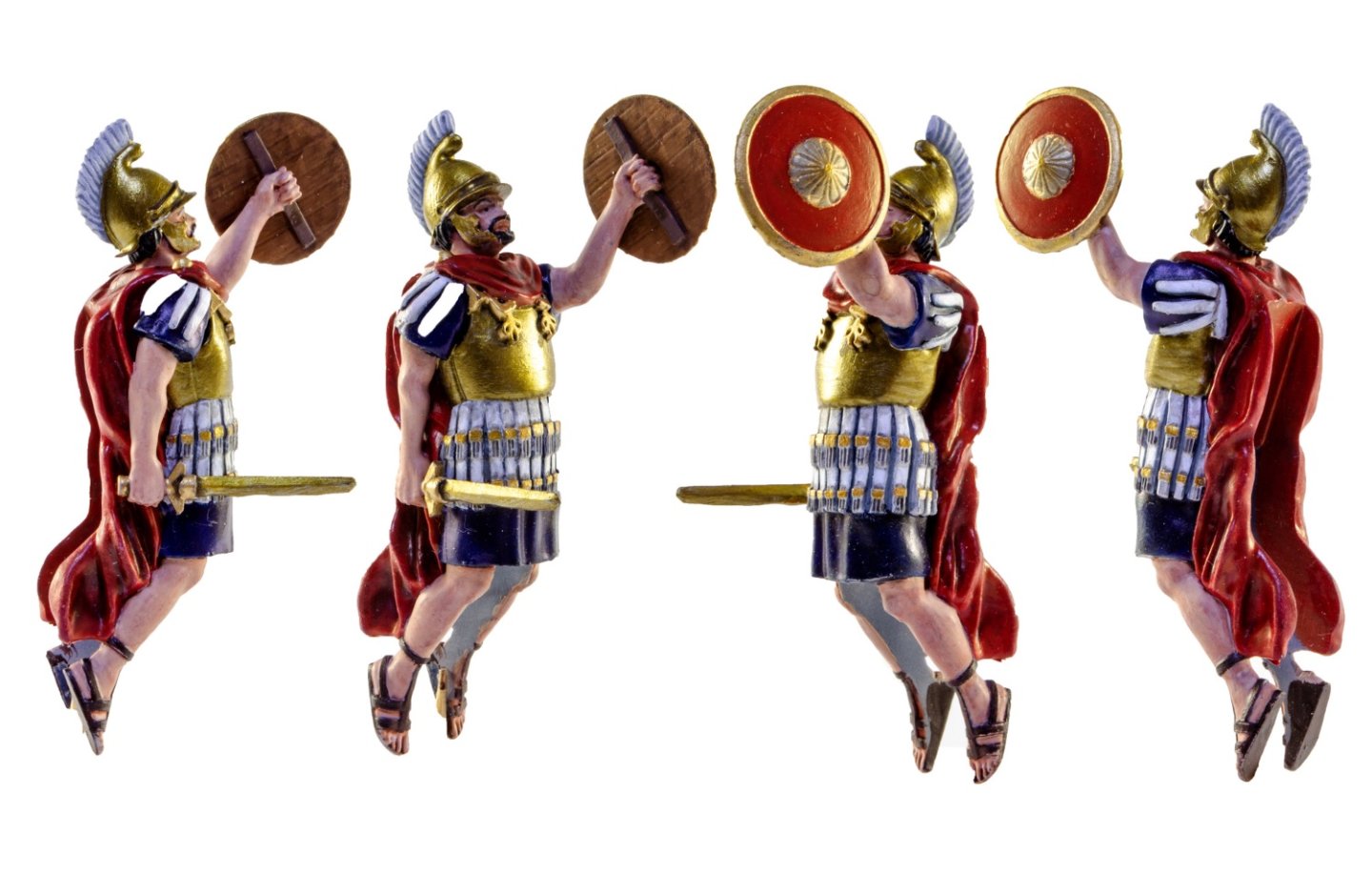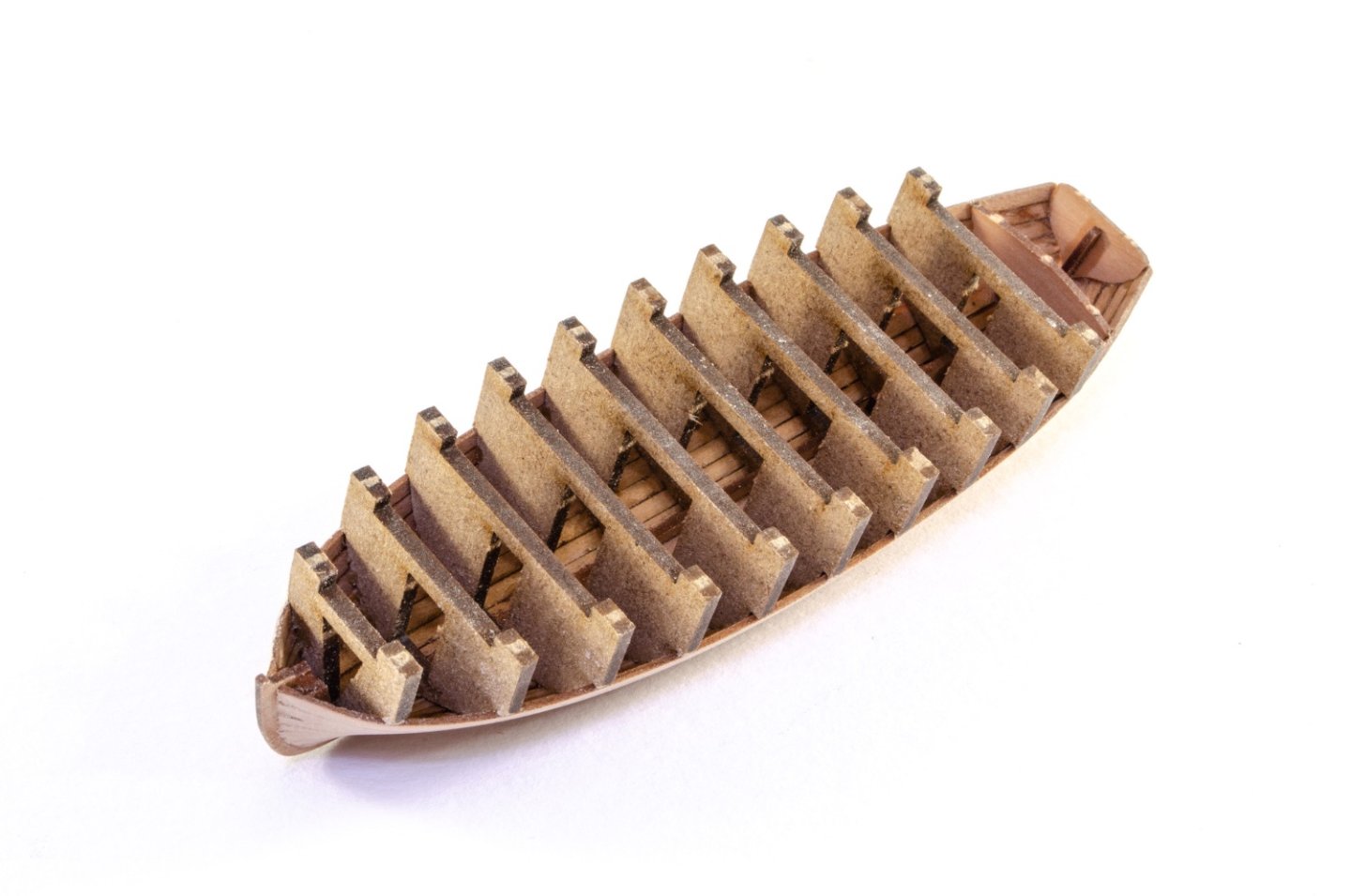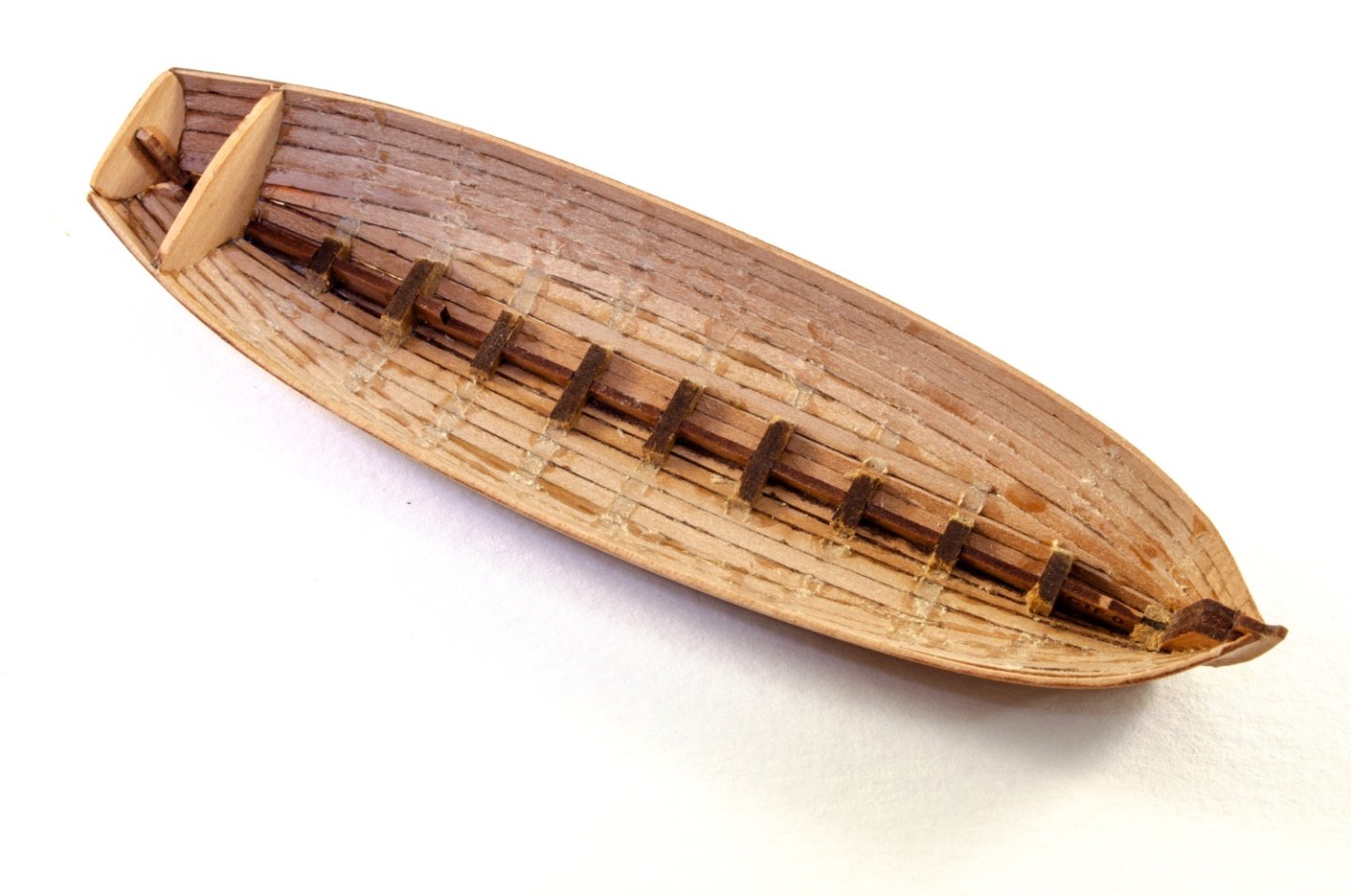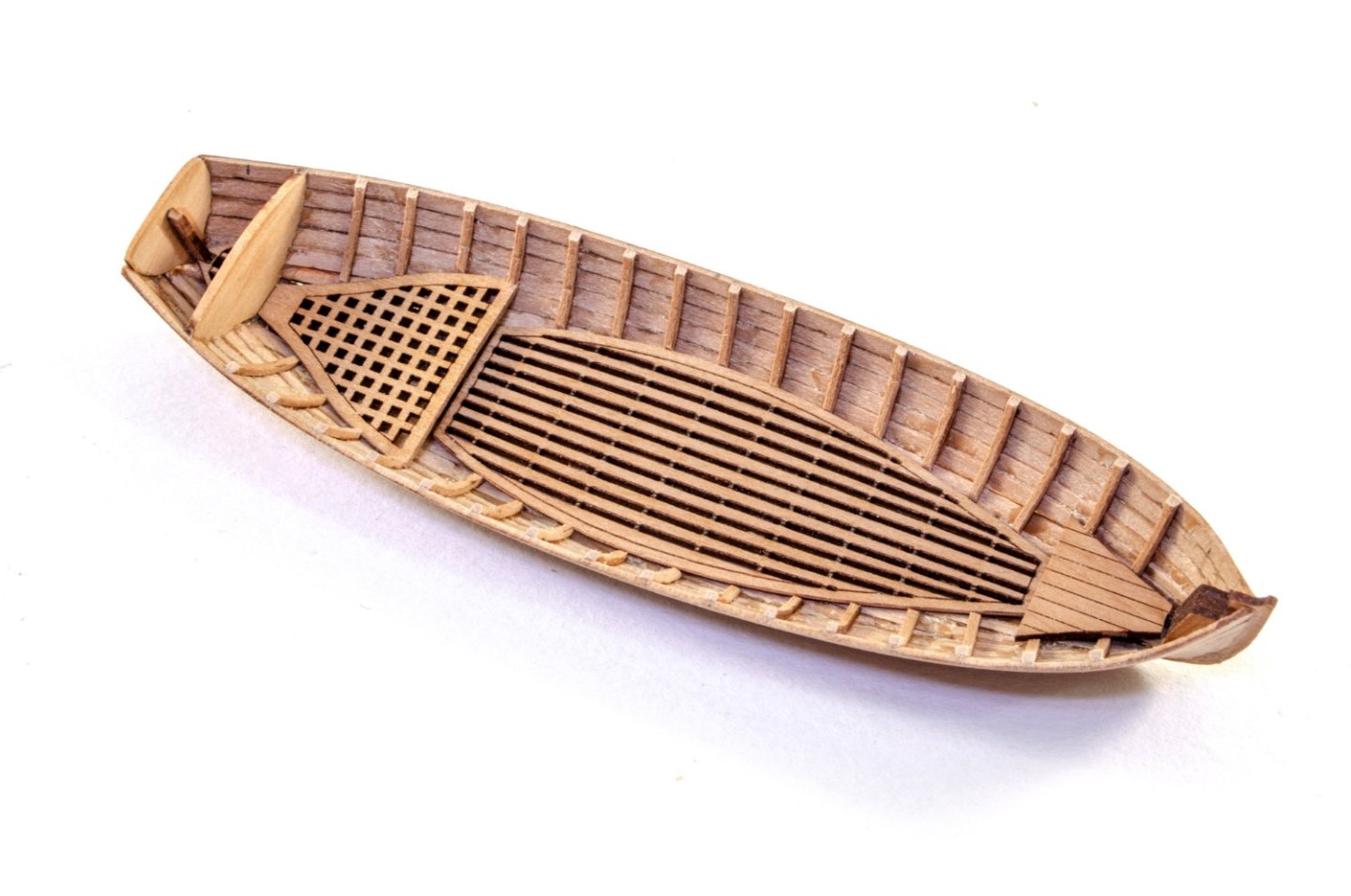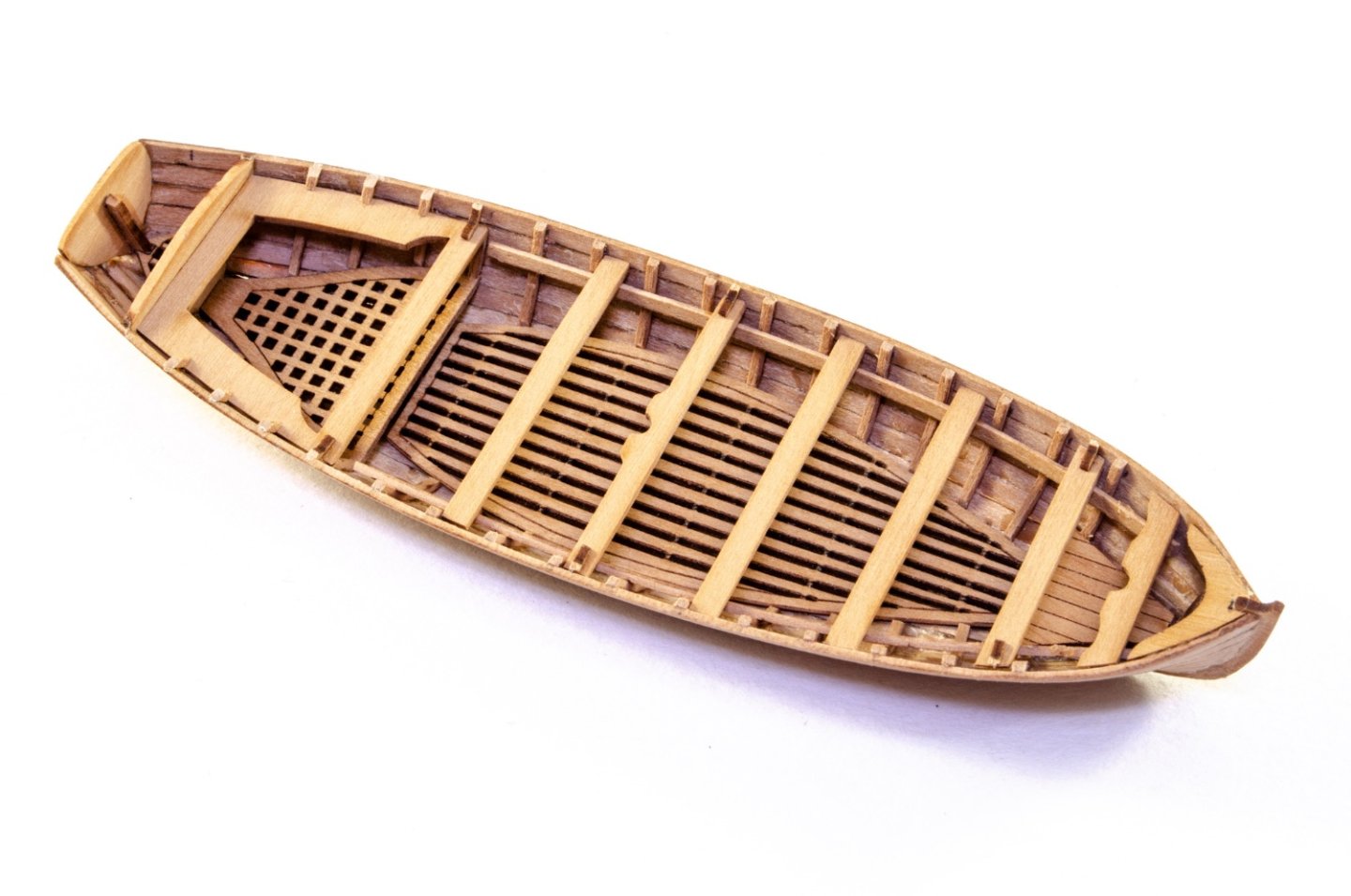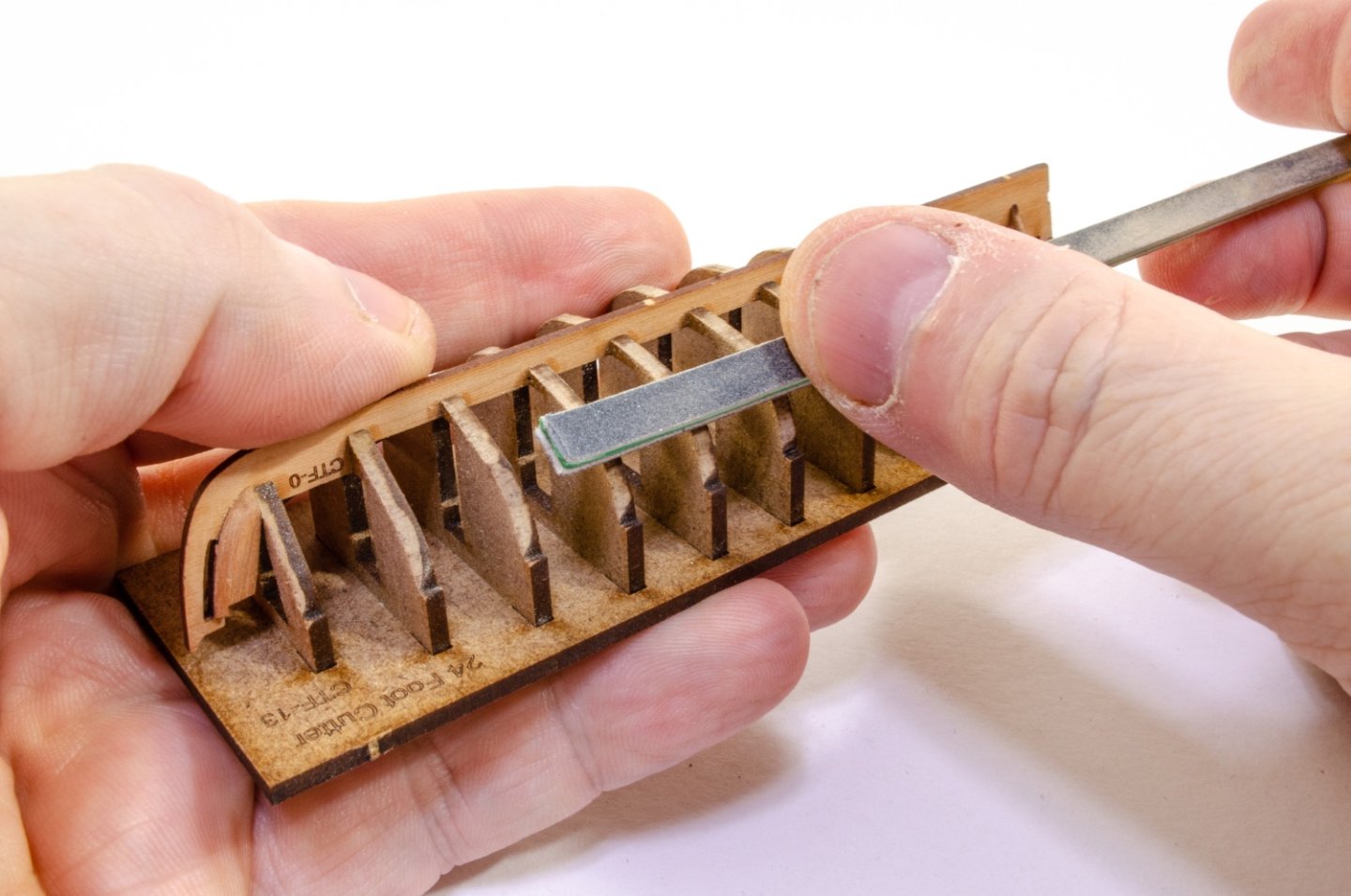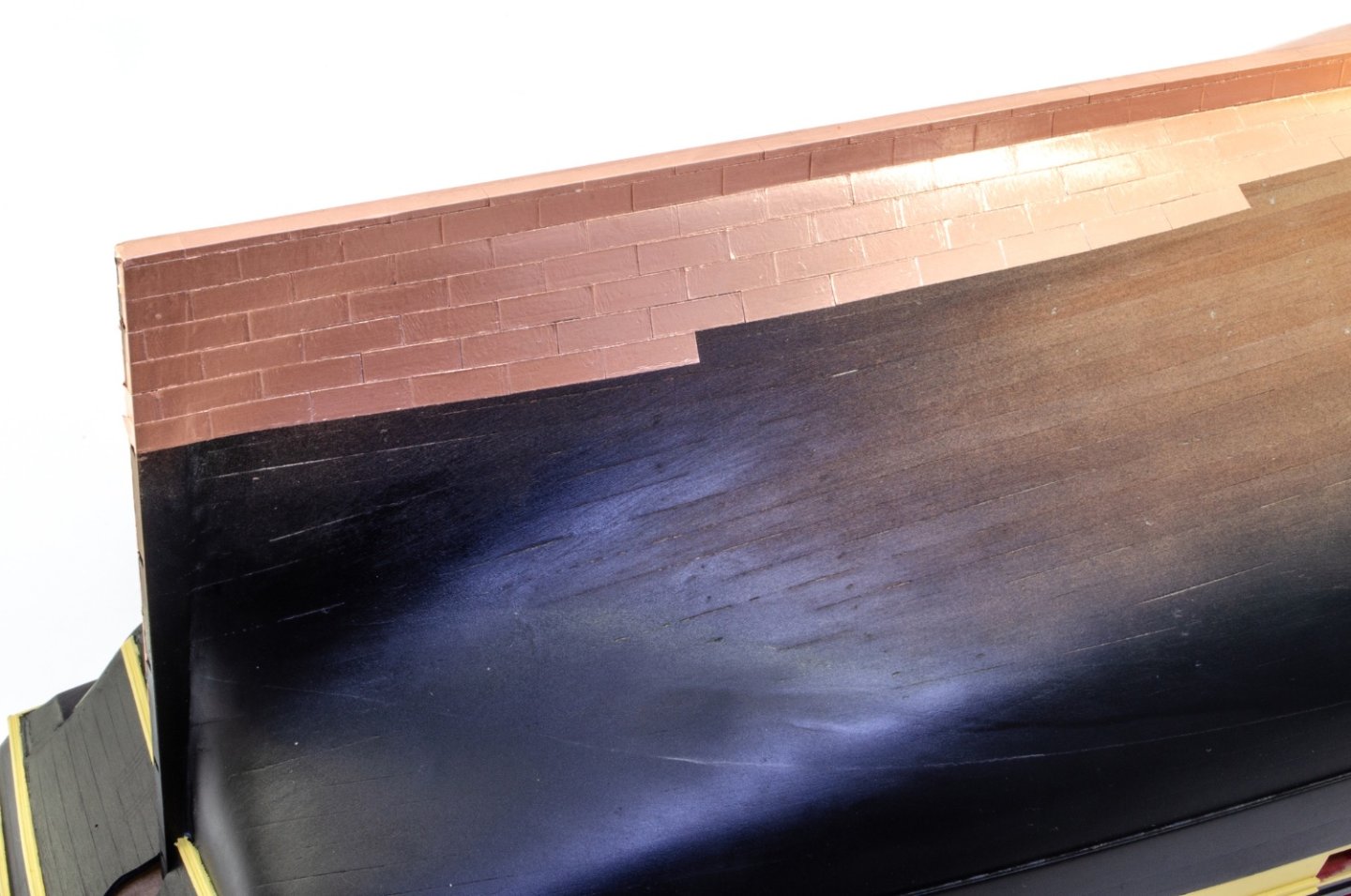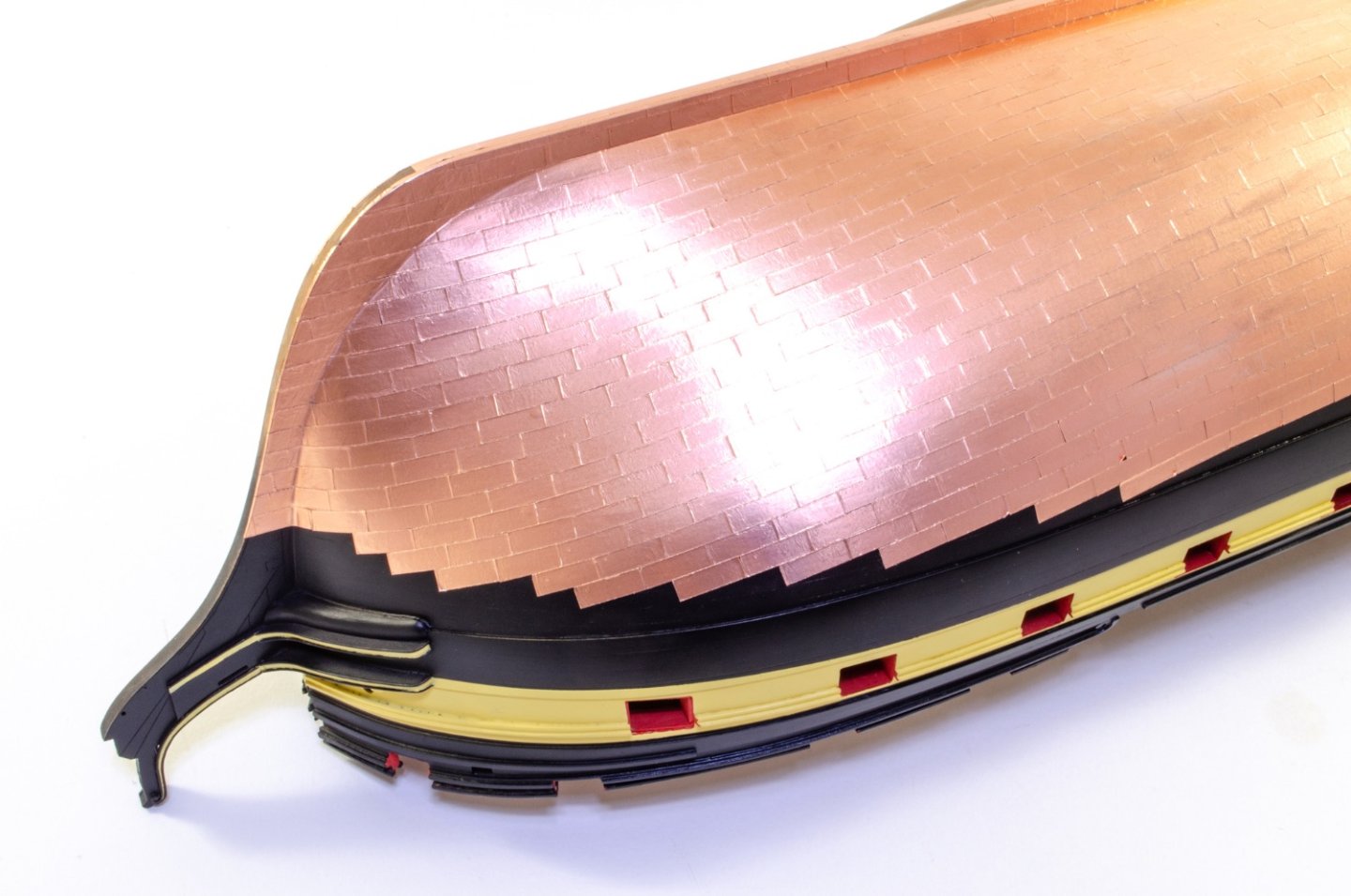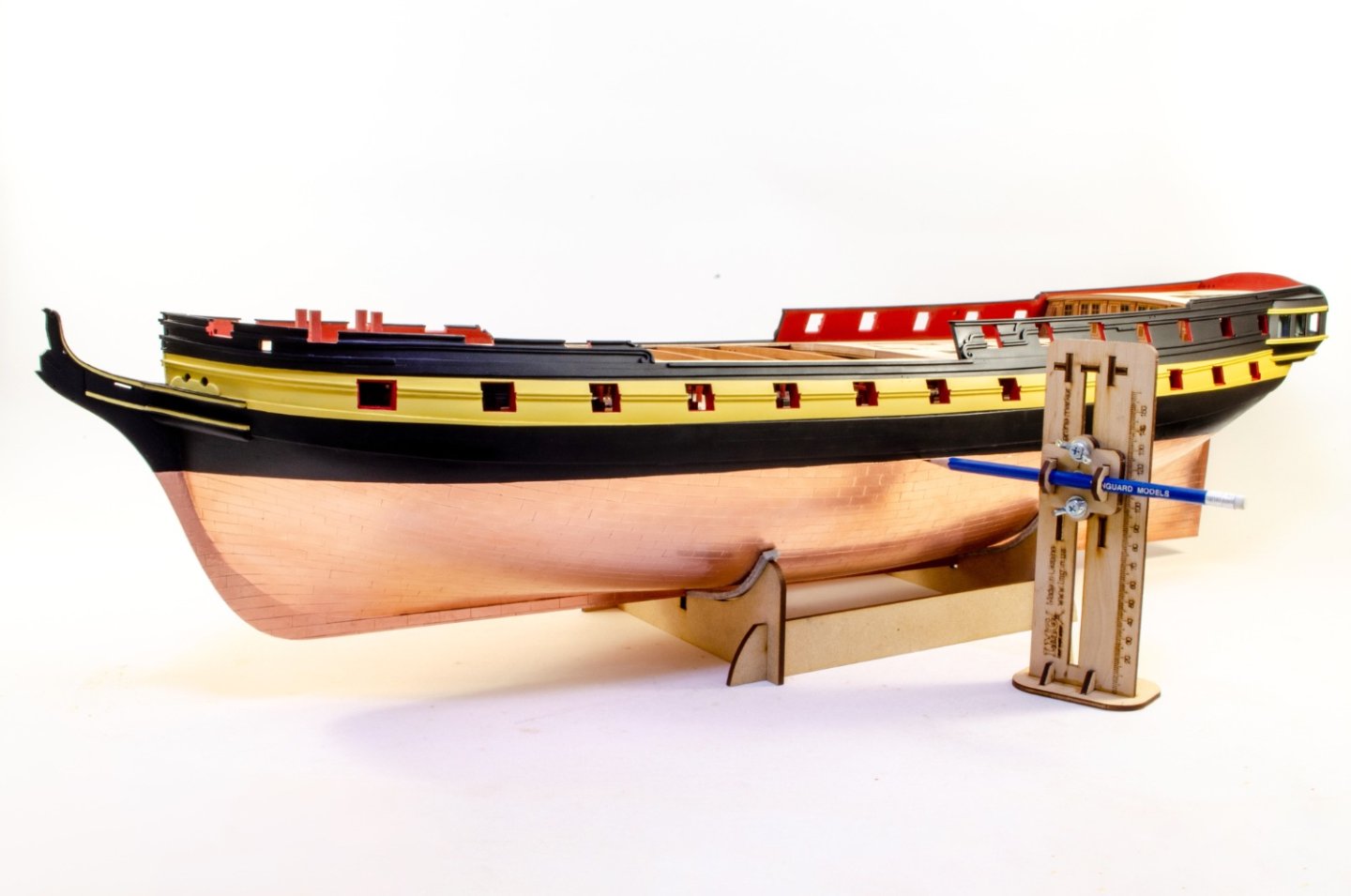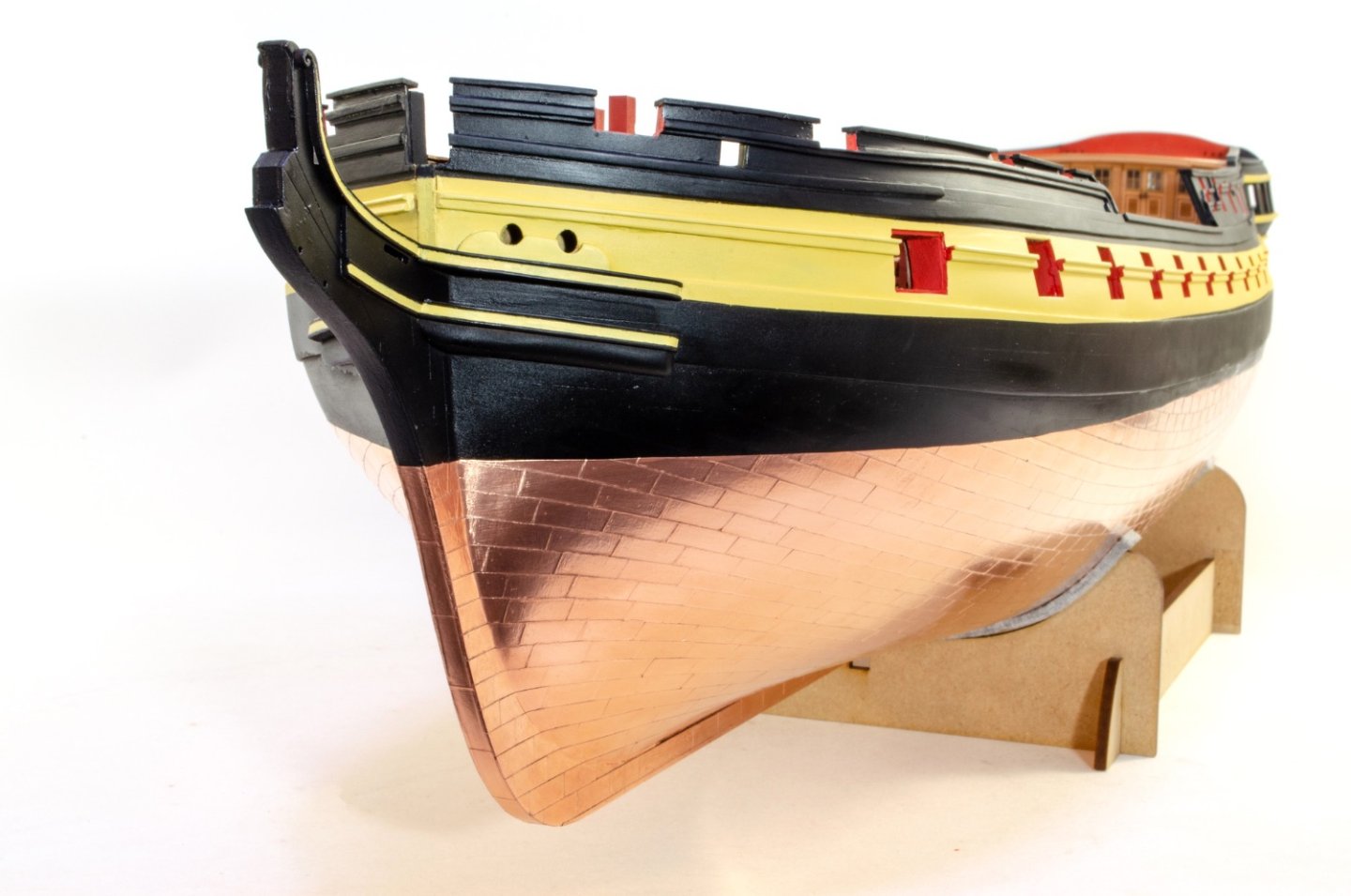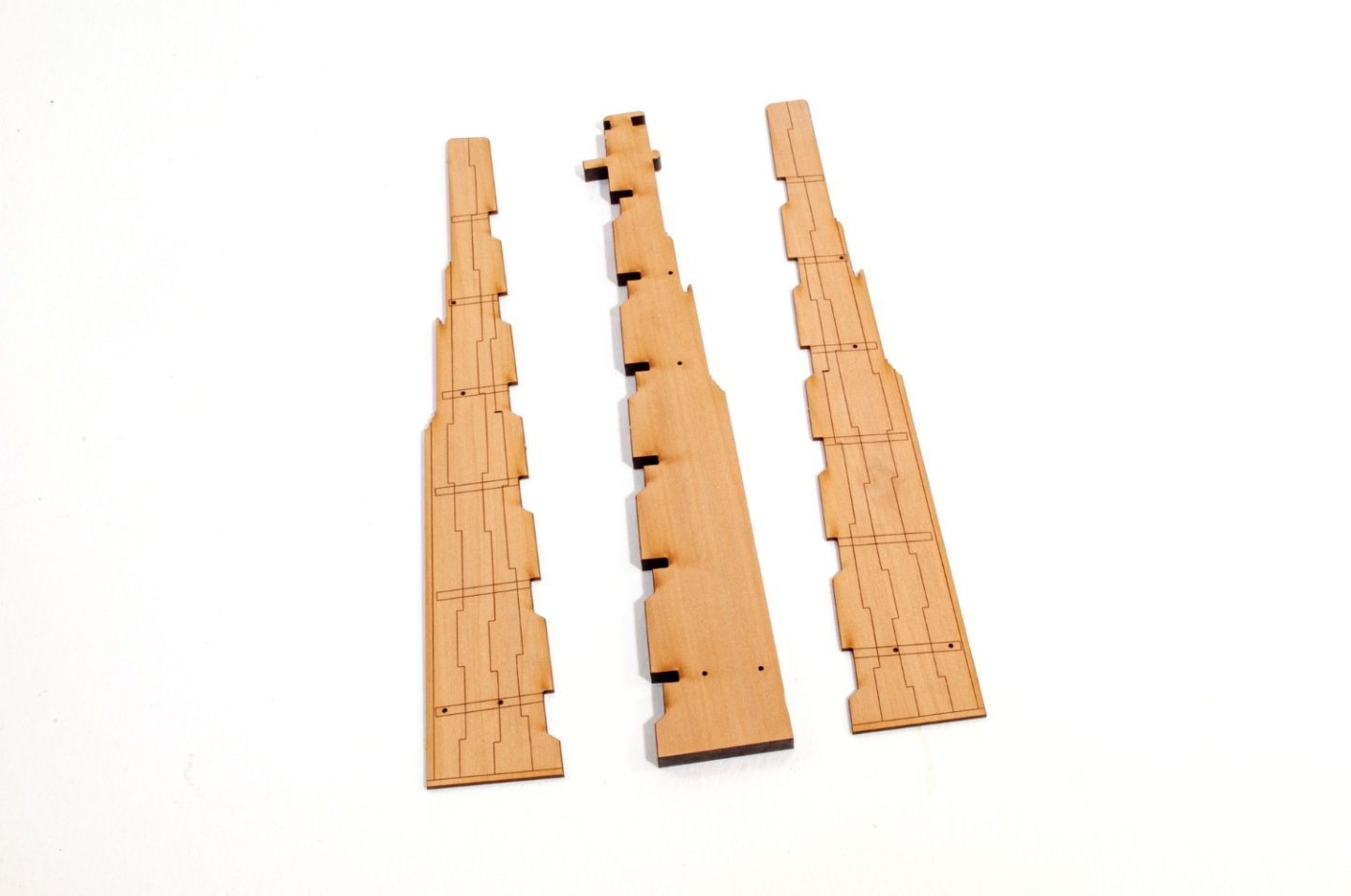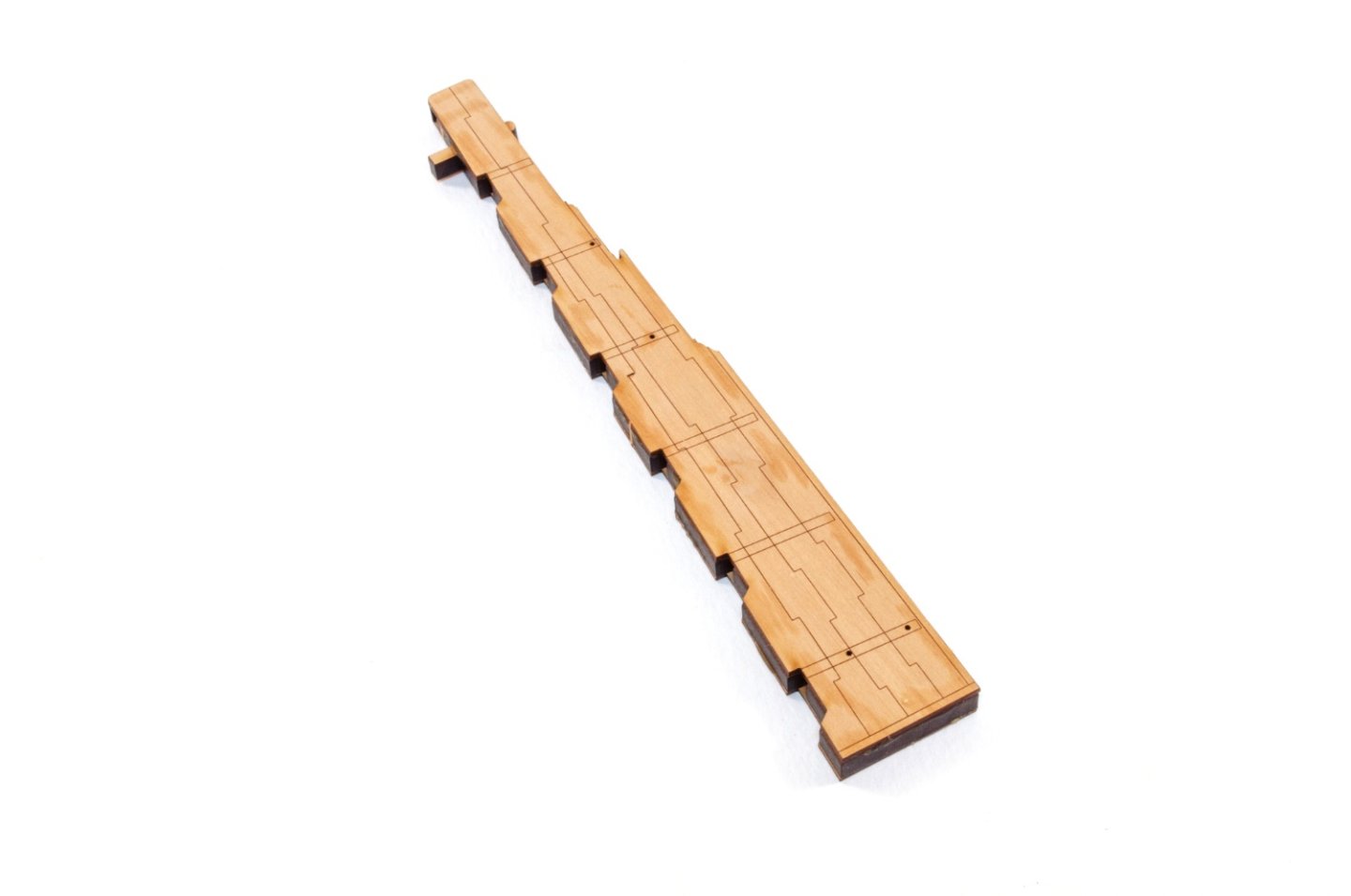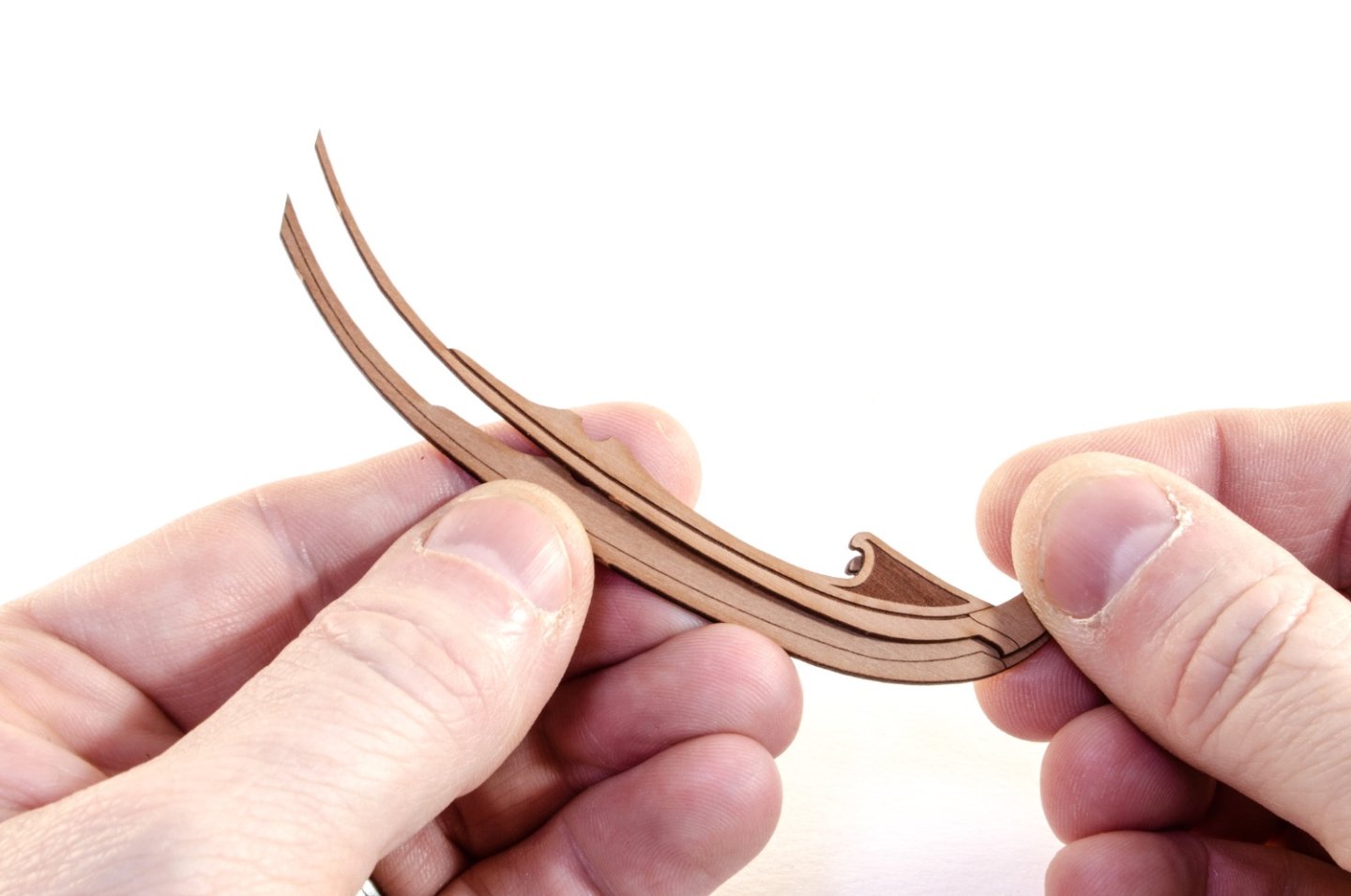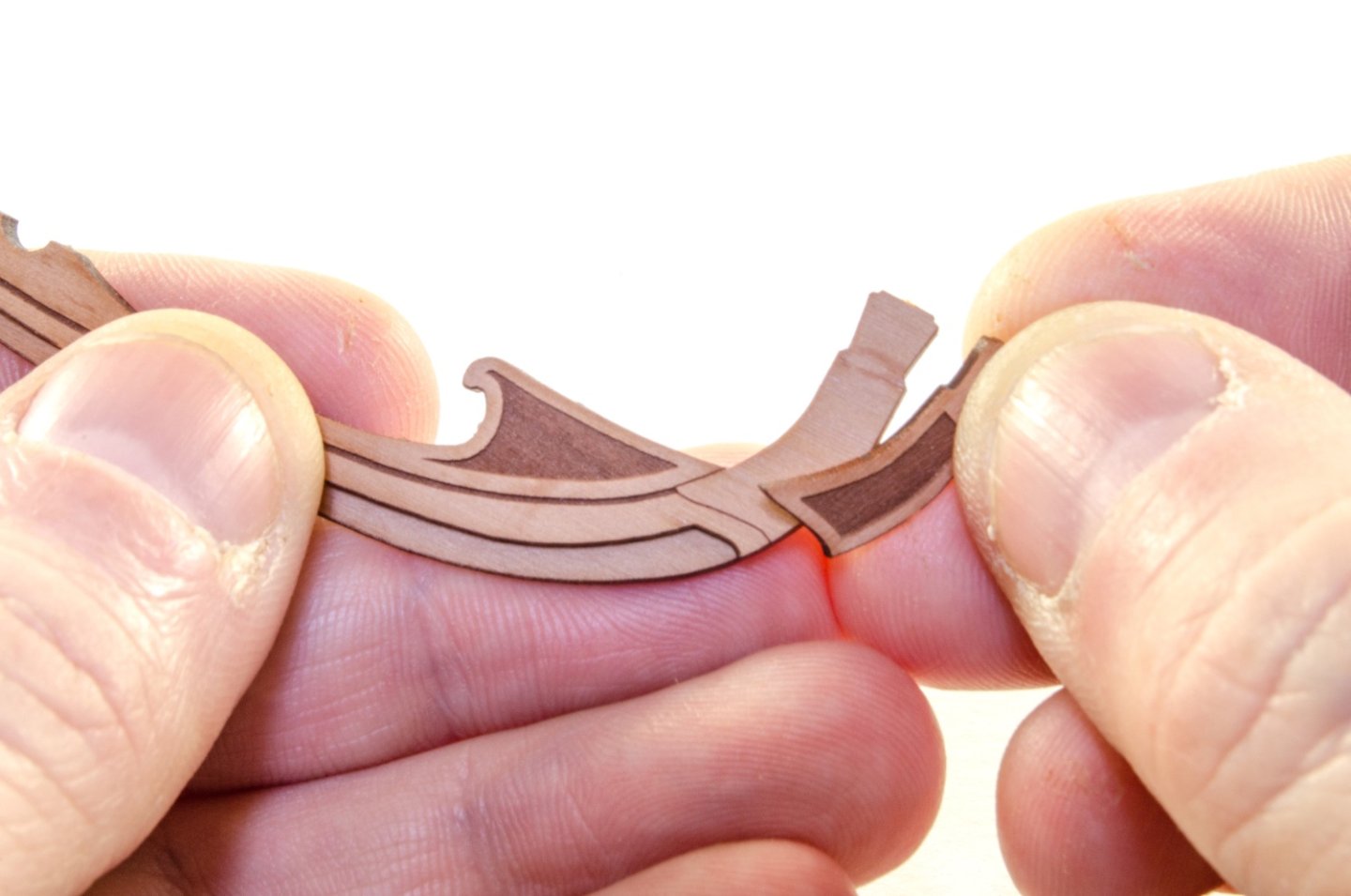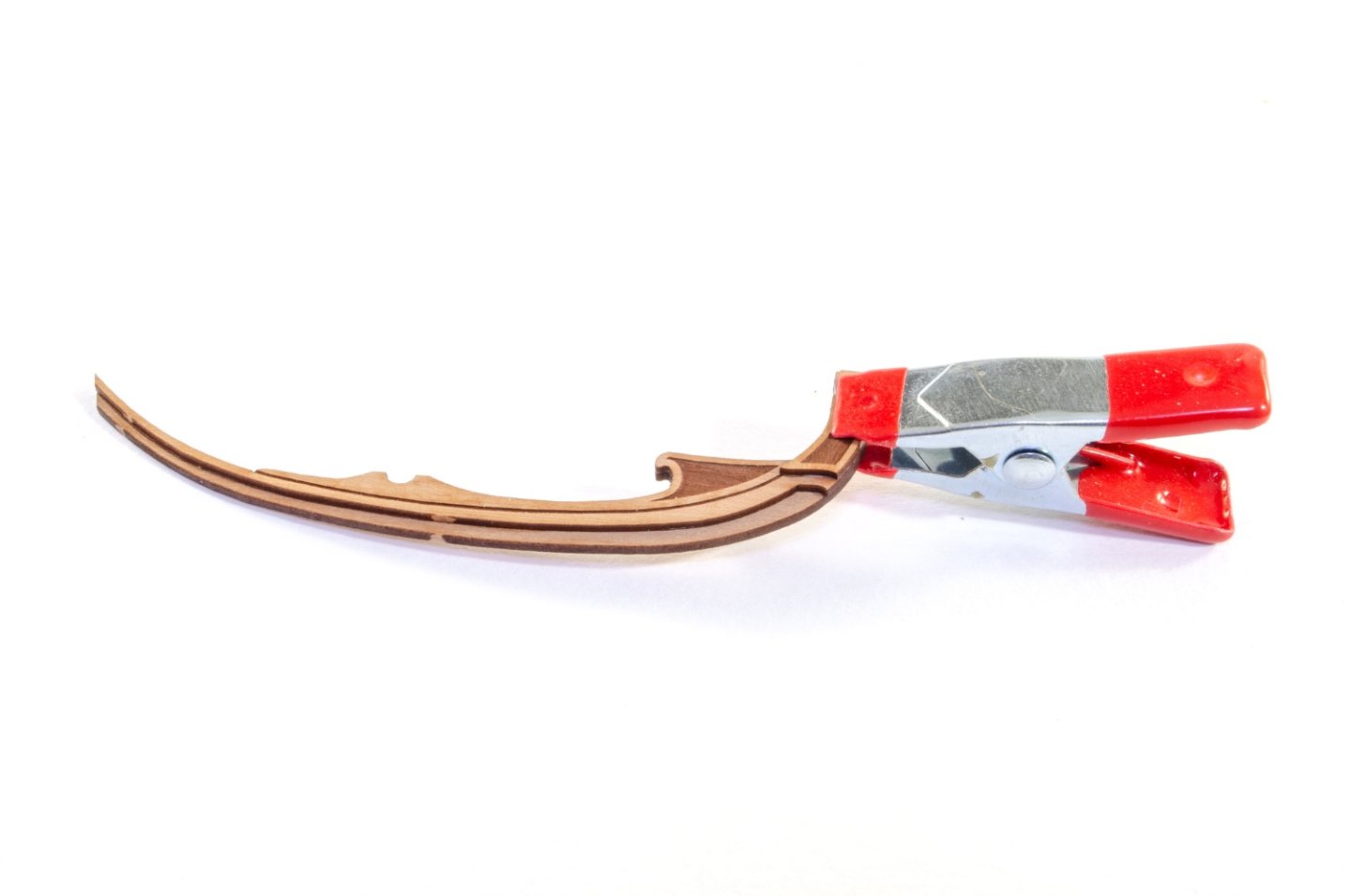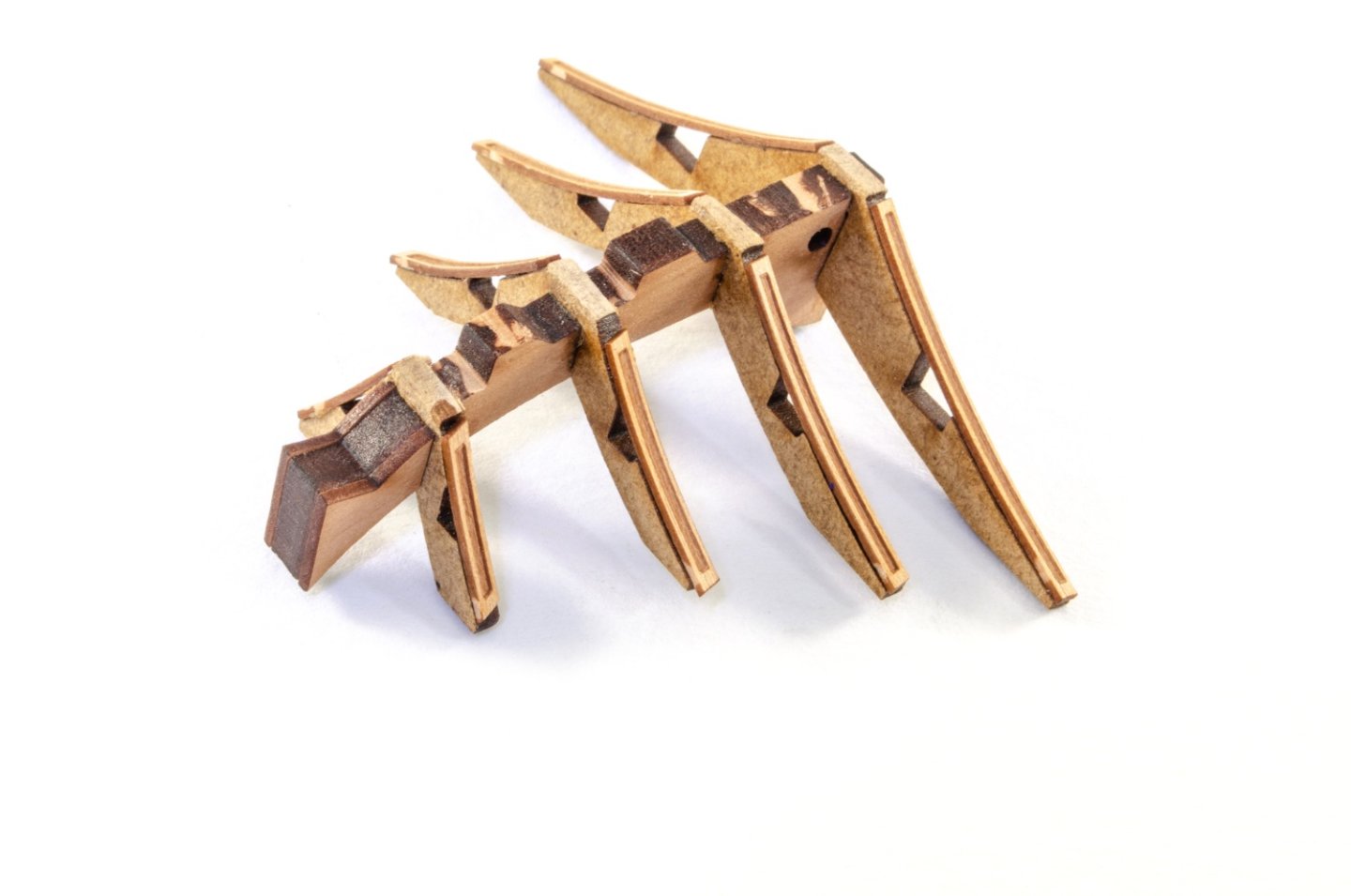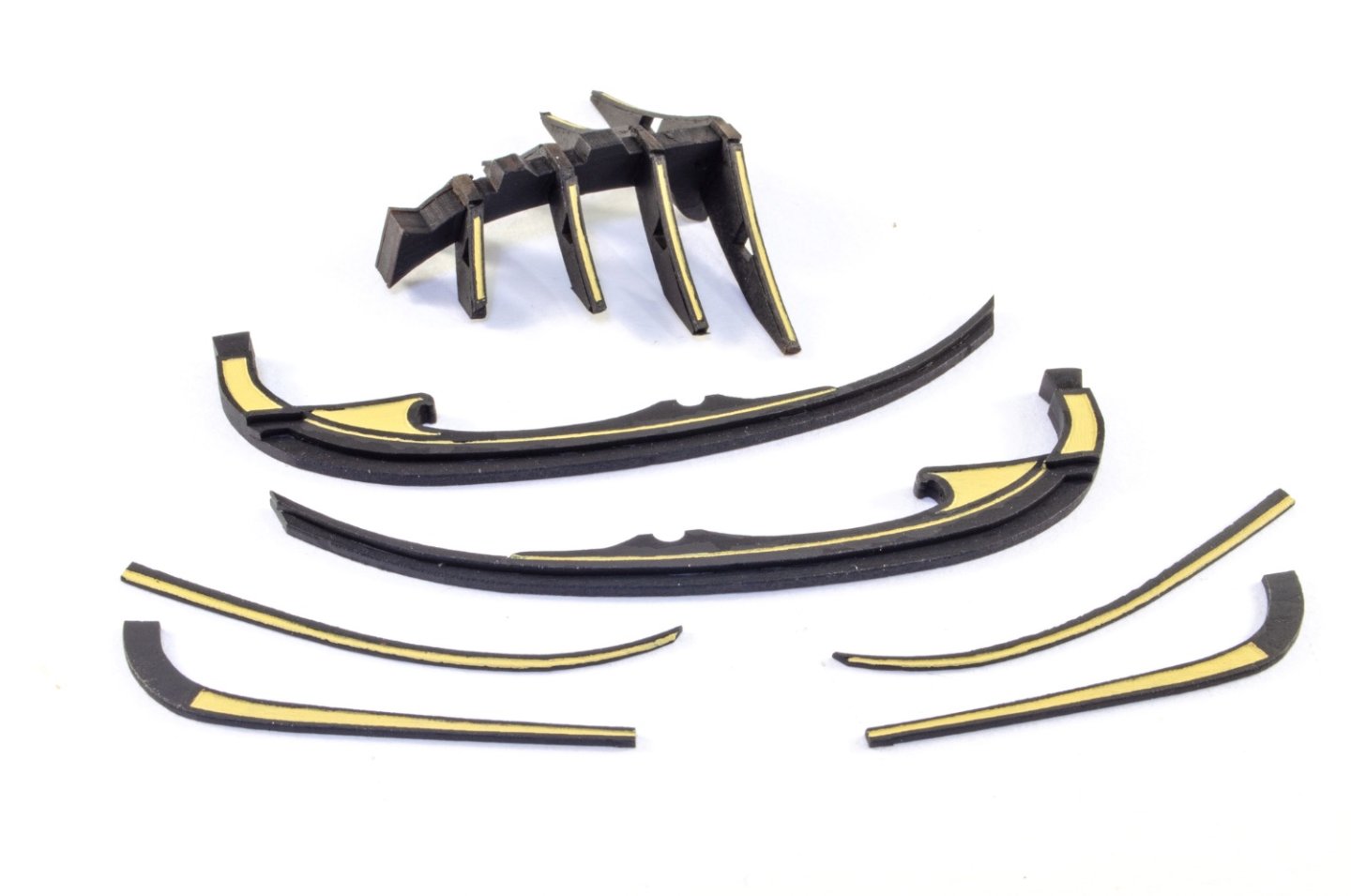-
Posts
6,060 -
Joined
-
Last visited
Content Type
Profiles
Forums
Gallery
Events
Everything posted by James H
-
For a total novice, I’d go for Fifie or Zulu.
- 106 replies
-
- Admirals Barge
- Vanguard Models
-
(and 1 more)
Tagged with:
-
They aren’t insurmountable, but see we do class them as this on the website. It depends on your experience in and out of modelling.
- 106 replies
-
- Admirals Barge
- Vanguard Models
-
(and 1 more)
Tagged with:
-
They will insert last as they'd otherwise be vulnerable. The guns are deigned to be fitted at a late stage.
- 488 replies
-
- Indefatigable
- Vanguard Models
-
(and 1 more)
Tagged with:
-
- 488 replies
-
- Indefatigable
- Vanguard Models
-
(and 1 more)
Tagged with:
-
Just one pic until my last hull update. This one shows Indy with the channels/knees fitted and also the fenders and side steps. Ok, back to the cave...
- 488 replies
-
- Indefatigable
- Vanguard Models
-
(and 1 more)
Tagged with:
-
My next update will be the last, as far as the hull is concerned. I think about another week and I'll show the completed, pre-mast Indy.
- 488 replies
-
- Indefatigable
- Vanguard Models
-
(and 1 more)
Tagged with:
-
I have an HP-CH and an HP-C+ with a Mac valve. Both are about 15yrs old, roughly.
- 488 replies
-
- Indefatigable
- Vanguard Models
-
(and 1 more)
Tagged with:
-
I think it can depend on your airbrush too. My Iwata brushes absolutely hates Vallejo Model Air. It seemed to spray thin and weirdly clog up the nozzle too. I get the same with Lifecolor paints. The AK stuff that Chris now sells is absolutely fine with my setup, just diluted 50:50 with regular tap water.
- 488 replies
-
- Indefatigable
- Vanguard Models
-
(and 1 more)
Tagged with:
-
You don’t actually need to use an airbrush on the stern. It can be done with a brush. I guess I’m just stuck in my old ways.
- 488 replies
-
- Indefatigable
- Vanguard Models
-
(and 1 more)
Tagged with:
-
Evening! I thought this a good time to do an update as the stern is more or less complete. I've just got to add the stern gunport eyebolts and hinges, plus the lanterns which are now under paint. First job here is to fit the glazing panels which come pre-cut. These just pop into place and the PE window frames are painted and pushed into the recesses. These push in snugly, and a little varnish was run around them to 'glue' them into place. Note that you can have any stern window (except the quarter-rears) positioned either open or closed. I opted to leave two windows open. The columns are now singled out for some ochre paint and these are then glued between the windows. Minimal trimming is needed with these. Instead of PE for the quarter shingles, a small sheet of pre-cut Laser-Board is included. these are longer than they need to be and are just trimmed and glued into place with a few dits of CA gel. These will then be painted in black to make them uniform (not seen here). Again, instead of PE, the stern decor is laser-engraved into a sheet of PolyBak. These are finer than PE and have much nicer fidelity. All parts are carefully removed, attached to some de-tacked tape and then airbrushed in yellow ochre paint. Each part is then applied to the relevant engraved area on the ship's stern. For the ship name, a waterslide decal is included. Until later!
- 488 replies
-
- Indefatigable
- Vanguard Models
-
(and 1 more)
Tagged with:
-
Weekend update. The bow is now done. Please forgive some of the dust in these pictures. I did more or less remove it for the final figurehead pics. Creating a 3D knee for the timberhead is done by means of using laminated pear parts, first soaked and then clamped into a custom jig until dry. These are then glued and clamped together until set and then the part is shaped for installation. It's now the turn of the bow grates to be installed. I really don't know why these are called 'seats of ease'. The last thing I'd want to do at 3am is to go out to one of these with the seas lashing around my backside! The largest bow timbers are now installed. This kit is supplied with Polybak detail parts instead of photo-etch. not only are these made in-house at VM, but they look far nicer to my eye and are easier to paint. Here you see the decor installed on the prow. I don't advocate fitting the figurehead at this time, but Chris did want to see how it looked, so here it is! Ok, I'll be starting the stern tomorrow.
- 488 replies
-
- Indefatigable
- Vanguard Models
-
(and 1 more)
Tagged with:
-
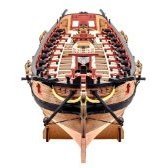
Spell Check
James H replied to allanyed's topic in Using the MSW forum - **NO MODELING CONTENT IN THIS SUB-FORUM**
If 'jhgfjhfhjfkjhfhjfh' was an actual word, I would do this for Mac and ask it to 'learn' the spelling. -

Spell Check
James H replied to allanyed's topic in Using the MSW forum - **NO MODELING CONTENT IN THIS SUB-FORUM**
You should be able to select those words and simply add them to your computer's dictionary so they don't show in error again. -

Spell Check
James H replied to allanyed's topic in Using the MSW forum - **NO MODELING CONTENT IN THIS SUB-FORUM**
Your spellchecker will always be a part of your own personal computer system and not anything we operate. -
A confession: I have to start this update with me being given a gentle nudge as to painting reminder about painting convention when it comes to the head timbers. I painted them in black, with ochre insets where the engraved areas were. Whoop! That should almost all have been inverted! I painted the original way because it seemed the logical way, but nope... Here are the newly painted timbers. You'll note that some are now entirely ochre. This is how it should be, if using those conventions. I used a 0.1mm black Edding pen for some details. With Indy, the waterline marks are supplied as waterslide decals. I used a setting solution with these so that they help to conform to any surface details. First of all though, the application area was painted in gloss varnish. Remember...don't decal to a matt surface! The catheads are now finished and installed to the model. A small section of rail below the cathead, is removed. One of the parts leading to the head timbers will slot under there, with the curved knee sat over the upper edge. Lastly for now, the timberheads are installed to the gunwales. These are first shaped slightly. Until later...
- 488 replies
-
- Indefatigable
- Vanguard Models
-
(and 1 more)
Tagged with:
-
Gorgeous! Glad you enjoyed your build.
- 38 replies
-
- Lady Eleanor
- Vanguard Models
-
(and 1 more)
Tagged with:
-
Their packing is superb. Full credit for how they ship stuff.
-

Tuning Copper sheathing
James H replied to allanyed's topic in Building, Framing, Planking and plating a ships hull and deck
I'm not too sure. I used to work in engineering and I heard panel beaters/fitters refer to material as being 'tuned', meaning made to properly fit. But of course, this didn't refer to hull coppering. -
You know what to do! 😆 https://vanguardmodels.co.uk/product/hms-indefatigable-1794/
- 488 replies
-
- Indefatigable
- Vanguard Models
-
(and 1 more)
Tagged with:
-
...continued: Gun port lids. Very straightforward. The channels are made up from three layers, so look more realistic. The edges of these were rounded/chamfered as per the real thing. The reworked figurehead is complete! And here is my work so far on the 24' cutter, which is still ongoing. Many are already familiar with the construction of these little boats. Until next time.
- 488 replies
-
- Indefatigable
- Vanguard Models
-
(and 1 more)
Tagged with:
-
Update time. As you've seen recently, I've been doing the coppering using 6mm tape, cut into 18mm lengths. It's a little tedious, but perhaps less so that using PE, and it's also a little quicker. I coppered the hull in around 4 less than full days. There's no double banding on this.....just complete from keel to waterline. When all done, the copper was buffed down using cotton buds. The coppering was added above the slightly (and intentionally) lower waterline I added in silver pencil onto the black hull. I figured that adding a good two levels above that would be a reasonable indicator of 'enough'. It was as planned. With the copper added, I set the waterline tool again so I could draw along the copper plates this time. It needs to be remembered the the stern of this sits a little lower in the water than the bow, with the waterline increasing in depth from around 90mm to 95mm, bow to stern, along the full hull length.....so not parallel with the lower keel. With that done, I ran a fresh scalpel along the whole pencil line and peeled off the excess above the line. The keel and stern edges were then coppered too. The rudder is a very simple affair. I'm actually coppering this at the moment, but don't have those photos yet. The headrails are built up from various laminates of pear, and there are other single piece rails. All have engravings which must be painted in ochre, whilst the main colour is obviously black.
- 488 replies
-
- Indefatigable
- Vanguard Models
-
(and 1 more)
Tagged with:
About us
Modelshipworld - Advancing Ship Modeling through Research
SSL Secured
Your security is important for us so this Website is SSL-Secured
NRG Mailing Address
Nautical Research Guild
237 South Lincoln Street
Westmont IL, 60559-1917
Model Ship World ® and the MSW logo are Registered Trademarks, and belong to the Nautical Research Guild (United States Patent and Trademark Office: No. 6,929,264 & No. 6,929,274, registered Dec. 20, 2022)
Helpful Links
About the NRG
If you enjoy building ship models that are historically accurate as well as beautiful, then The Nautical Research Guild (NRG) is just right for you.
The Guild is a non-profit educational organization whose mission is to “Advance Ship Modeling Through Research”. We provide support to our members in their efforts to raise the quality of their model ships.
The Nautical Research Guild has published our world-renowned quarterly magazine, The Nautical Research Journal, since 1955. The pages of the Journal are full of articles by accomplished ship modelers who show you how they create those exquisite details on their models, and by maritime historians who show you the correct details to build. The Journal is available in both print and digital editions. Go to the NRG web site (www.thenrg.org) to download a complimentary digital copy of the Journal. The NRG also publishes plan sets, books and compilations of back issues of the Journal and the former Ships in Scale and Model Ship Builder magazines.

